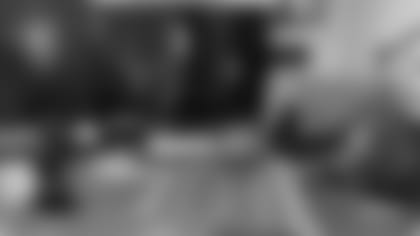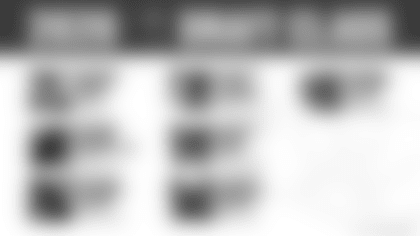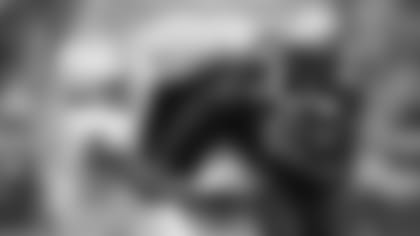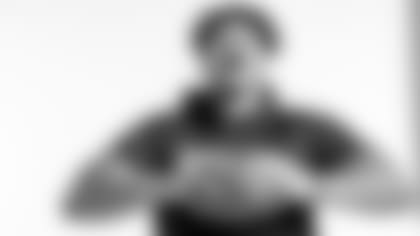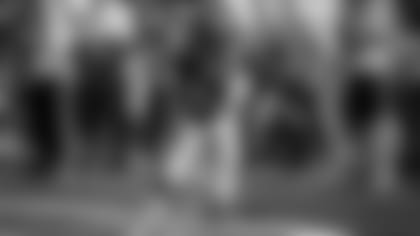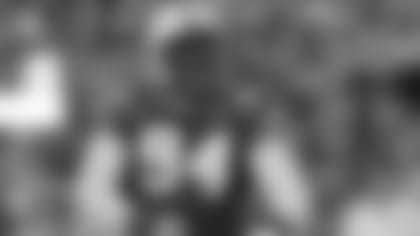The 2020 NFL Draft started a little after 8:00 p.m. on Thursday night, and the first offensive tackle came off the board within the first 40 minutes. The New York Giants used the fourth-overall pick on Georgia's Andrew Thomas, potentially starting the run on what most considered a quartet of blue-chip prospects at the position.
And then the draft turned to quarterbacks and defensive studs. There wasn't another offensive tackle taken until the 10th pick, when the Cleveland Browns nabbed Alabama's Jedrick Wills. That was good news for the Tampa Bay Buccaneers, who were sitting at pick number 14 and looking for a plug-and-play answer for their open right tackle job. However, any sense of relief was wiped away minutes later when the New York Jets followed with the selection of Louisville's Mekhi Becton at number 11.
Now the margin for error was uncomfortably slim. The Buccaneers had long coveted Iowa tackle Tristan Wirfs and were pleased that he hadn't yet been selected, but there was no guarantee he would make it past two more picks. General Manager Jason Licht wasn't necessarily concerned that the Las Vegas Raiders or San Francisco 49ers would target Wirfs with the 12th and 13th picks, respectively. He was concerned that another general manager was feeling the same way he was about the availability of Wirfs. When the Raiders took Alabama wide receiver Henry Ruggs, Licht and Head Coach Bruce Arians believed it was time to get aggressive.
"We saw that the run of tackles happened a little bit later than we expected and then we thought that there was a chance that somebody could come up and get him," said Licht. "We didn't want to risk it. As Bruce says, 'No risk it, no biscuit.' We had to give up a little capital to go get him, but in this case, we thought because of the player and the position – but especially the player – that it was worth it."
View pictures of OT Tristan Wirfs, the 13th overall pick in the 2020 NFL Draft.
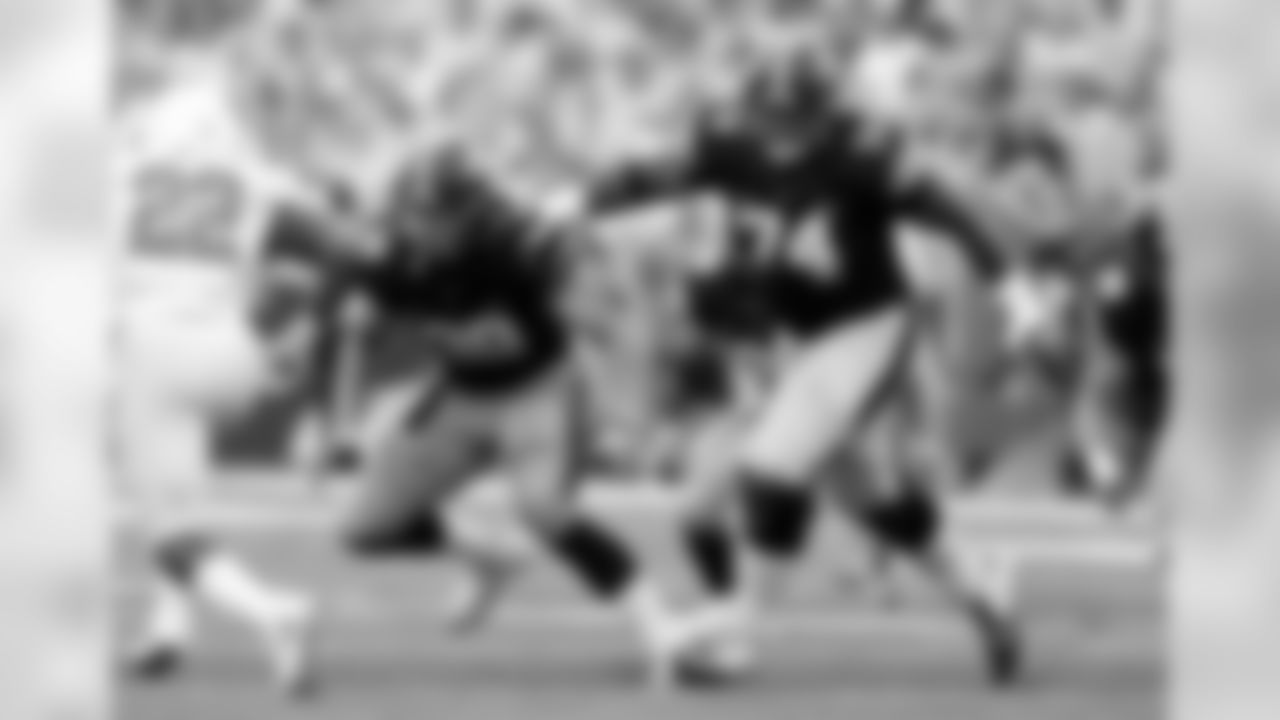
Iowa tight end T.J. Hockenson (38) and offensive lineman Tristan Wirfs (74) look to block North Texas linebacker E.J. Ejiya (22) during the second half of an NCAA college football game, Saturday, Sept. 16, 2017, in Iowa City, Iowa. Iowa won 31-14. (AP Photo/Charlie Neibergall)
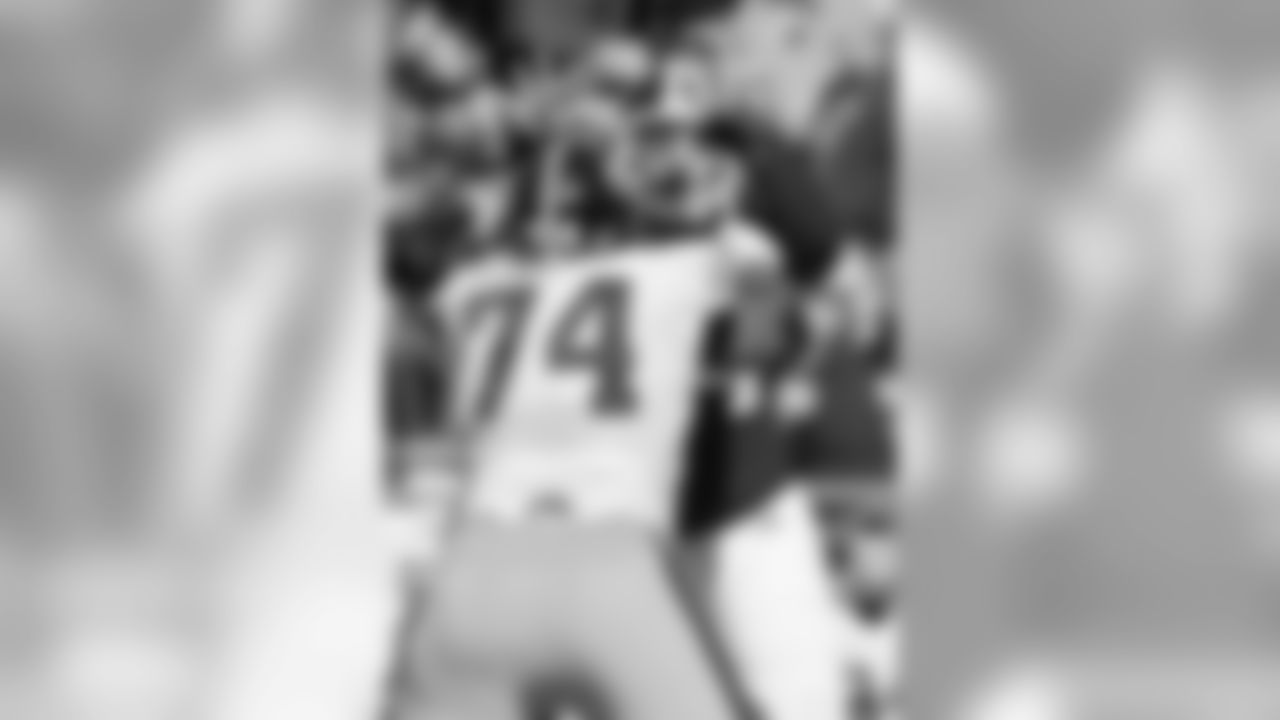
Indiana defensive lineman Ja'merez Bowen (54) works against Iowa offensive lineman Tristan Wirfs (74) during the second half of an NCAA college football game Saturday, Oct. 13, 2018, in Bloomington, Ind. Iowa won 42-16. (AP Photo/Doug McSchooler)
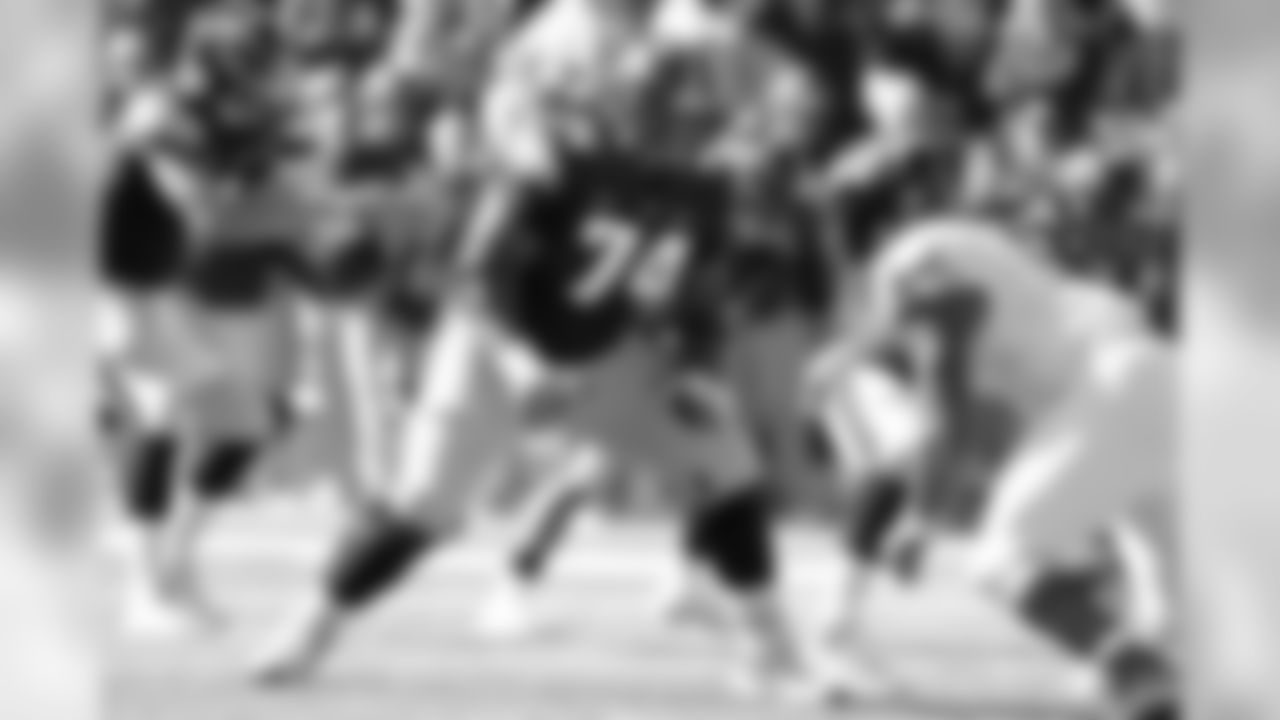
Iowa offensive lineman Tristan Wirfs (74) looks to make a block during the first half of an NCAA college football game against Maryland, Saturday, Oct. 20, 2018, in Iowa City, Iowa. (AP Photo/Charlie Neibergall)
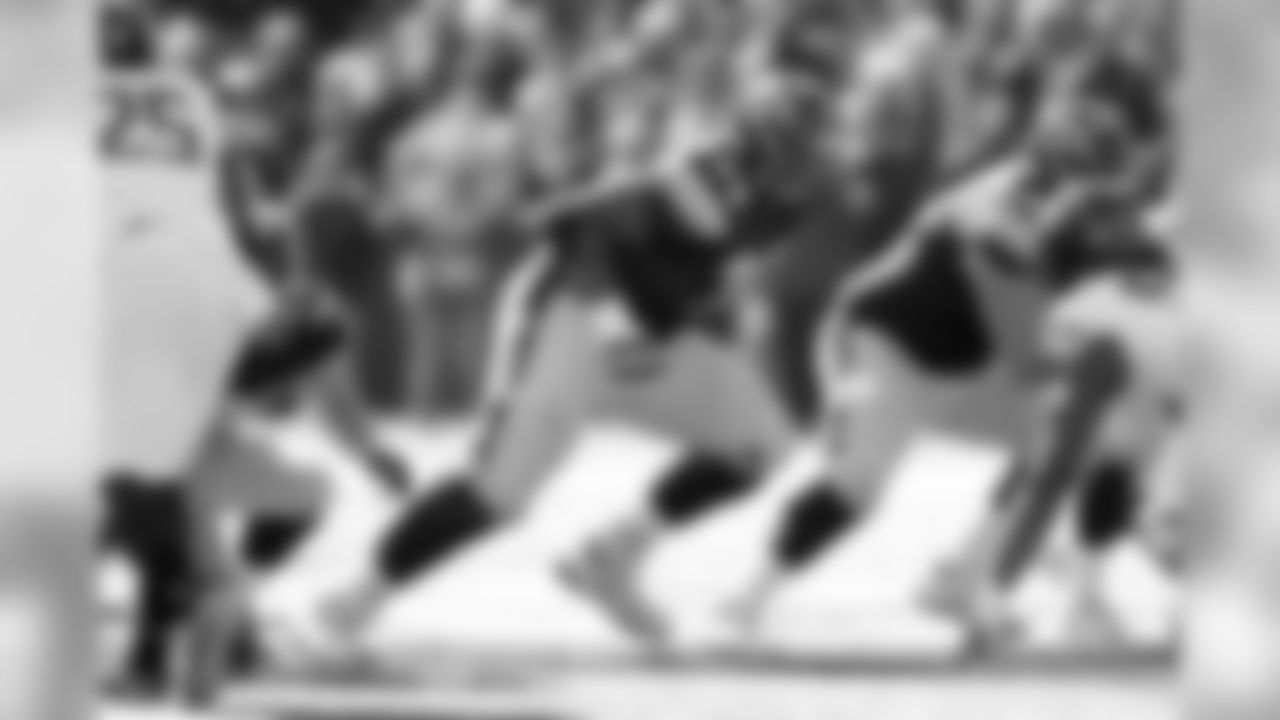
Iowa offensive lineman Tristan Wirfs (74) looks to block during the second half of an NCAA college football game against Maryland, Saturday, Oct. 20, 2018, in Iowa City, Iowa. Iowa won 23-0. (AP Photo/Charlie Neibergall)
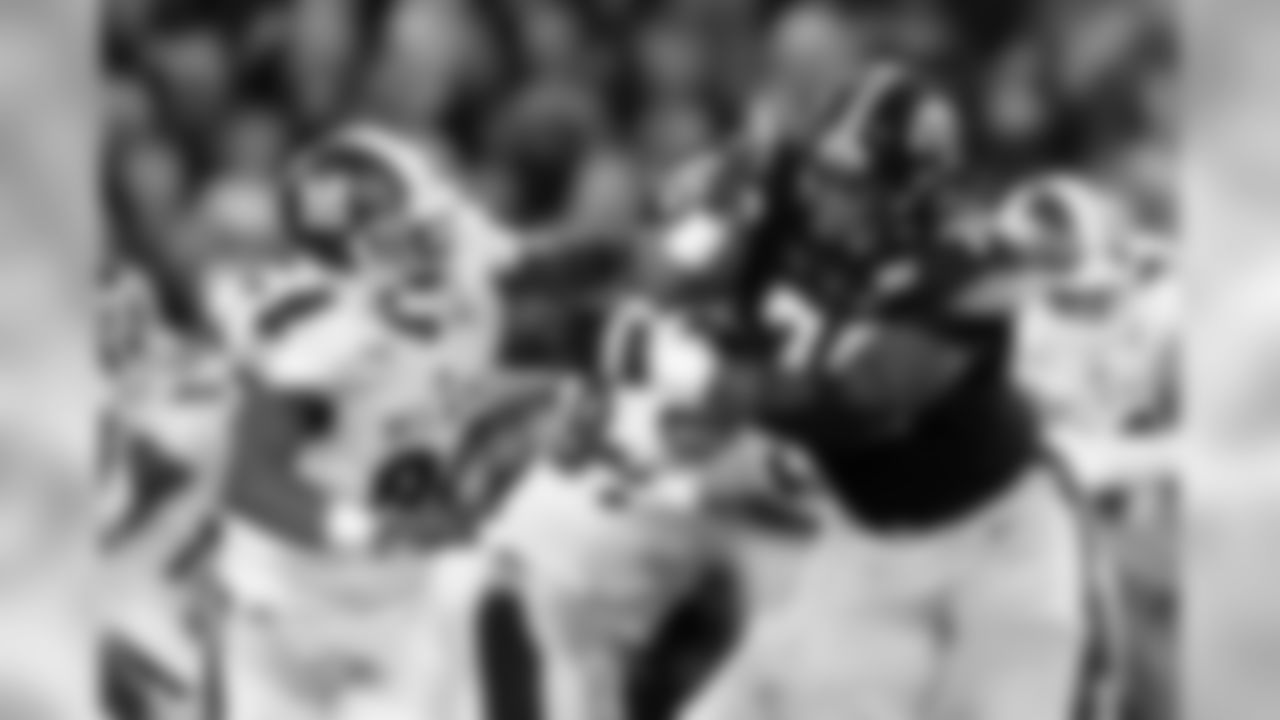
Iowa offensive lineman Tristan Wirfs (74) blocks Miami of Ohio defensive lineman Dean Lemon, left, during the first half of an NCAA college football game, Saturday, Aug. 31, 2019, in Iowa City, Iowa. (AP Photo/Charlie Neibergall)
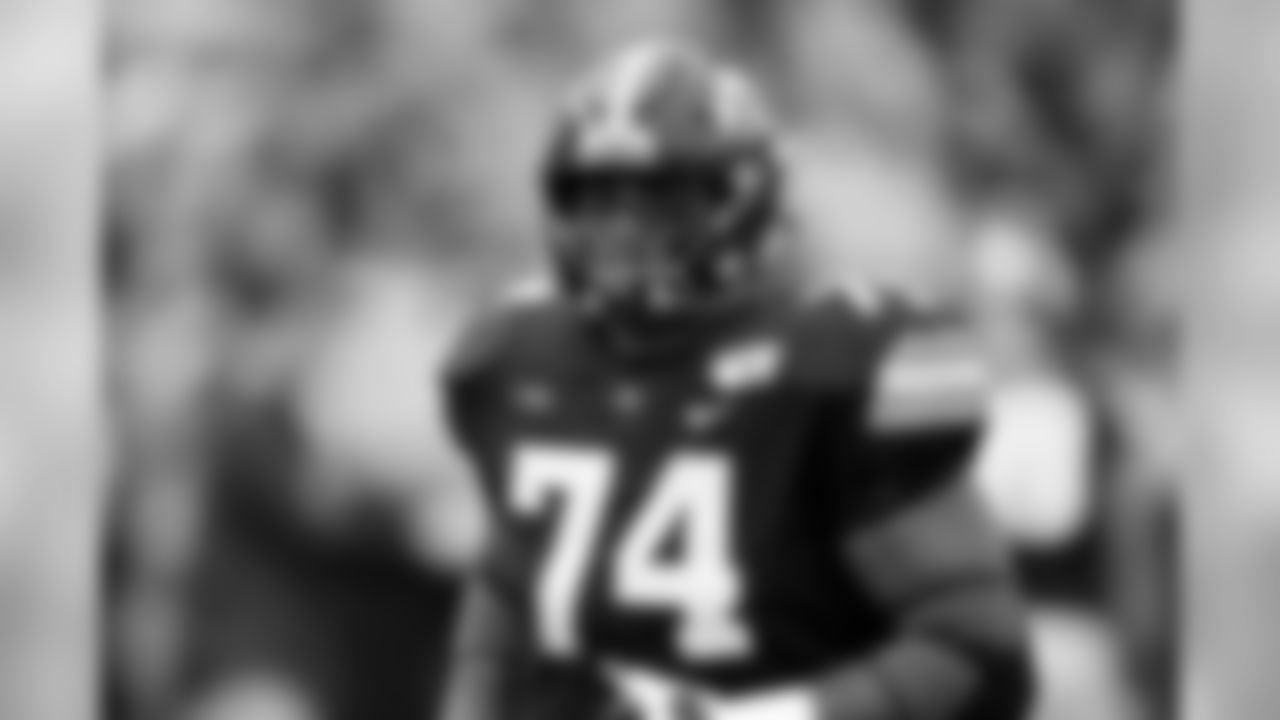
Iowa offensive lineman Tristan Wirfs warms up before an NCAA college football game against Miami of Ohio, Saturday, Aug. 31, 2019, in Iowa City, Iowa. (AP Photo/Charlie Neibergall)
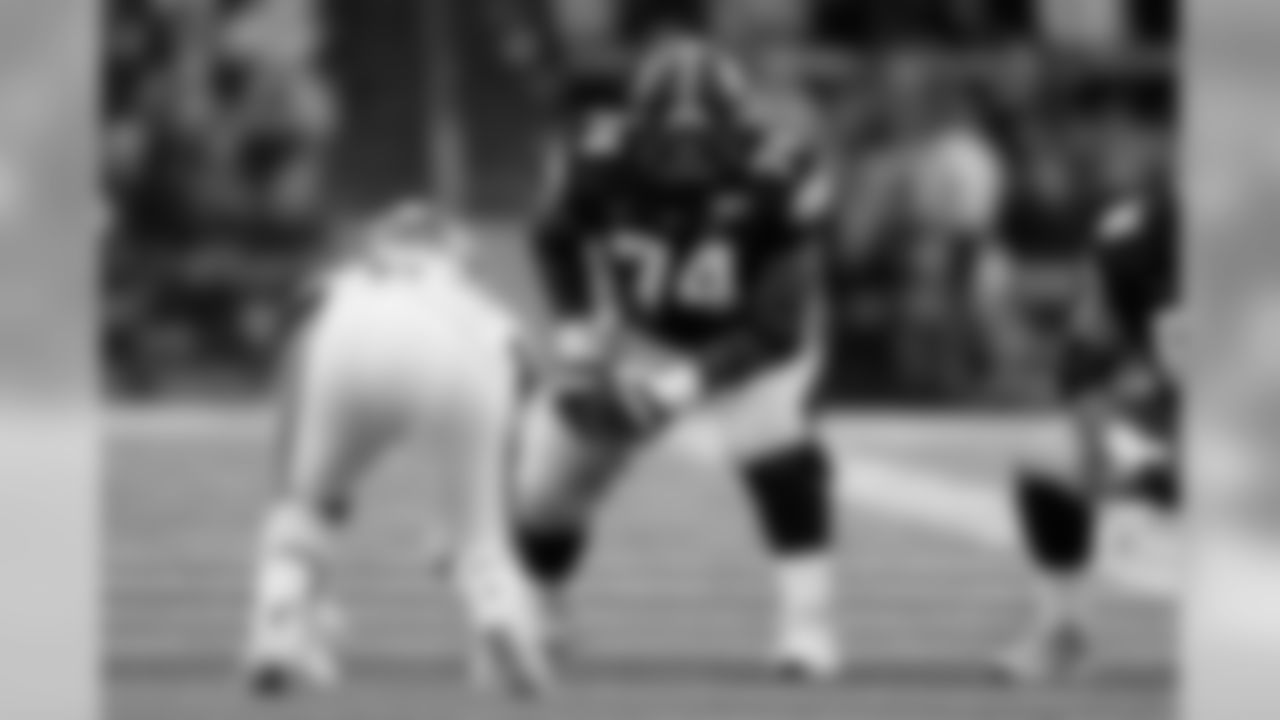
Iowa offensive lineman Tristan Wirfs (74) gets set for a play during the first half of an NCAA college football game against Miami of Ohio, Saturday, Aug. 31, 2019, in Iowa City, Iowa. (AP Photo/Charlie Neibergall)
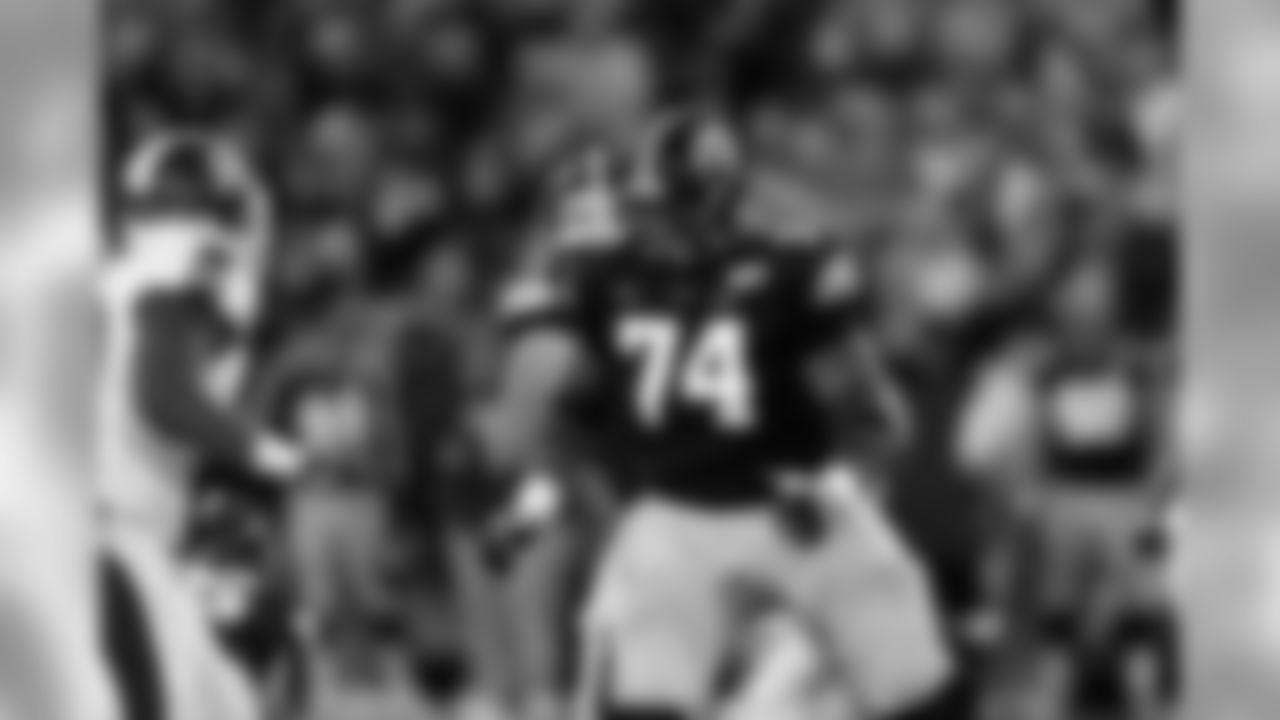
Iowa offensive lineman Tristan Wirfs (74) looks to make a block during the first half of an NCAA college football game against Miami of Ohio, Saturday, Aug. 31, 2019, in Iowa City, Iowa. (AP Photo/Charlie Neibergall)
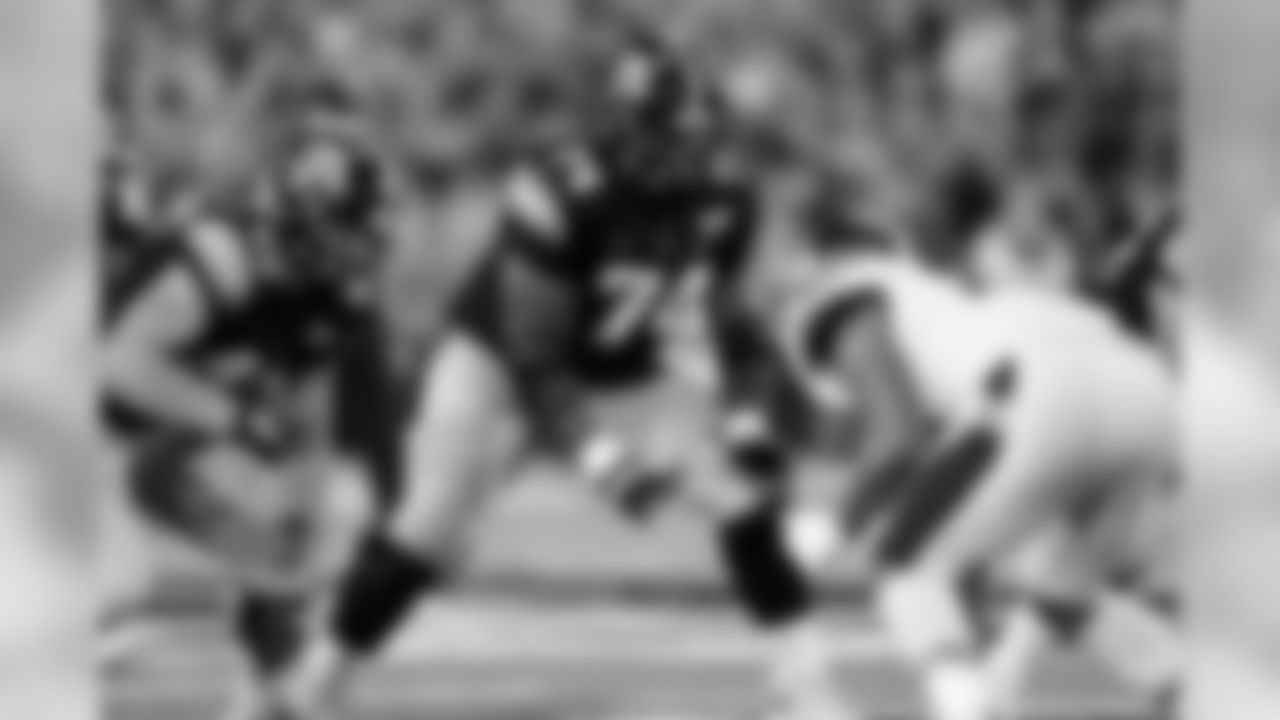
Iowa offensive lineman Tristan Wirfs (74) looks to make a block during the second half of an NCAA college football game against Miami of Ohio, Saturday, Aug. 31, 2019, in Iowa City, Iowa. Iowa won 38-14. (AP Photo/Charlie Neibergall)
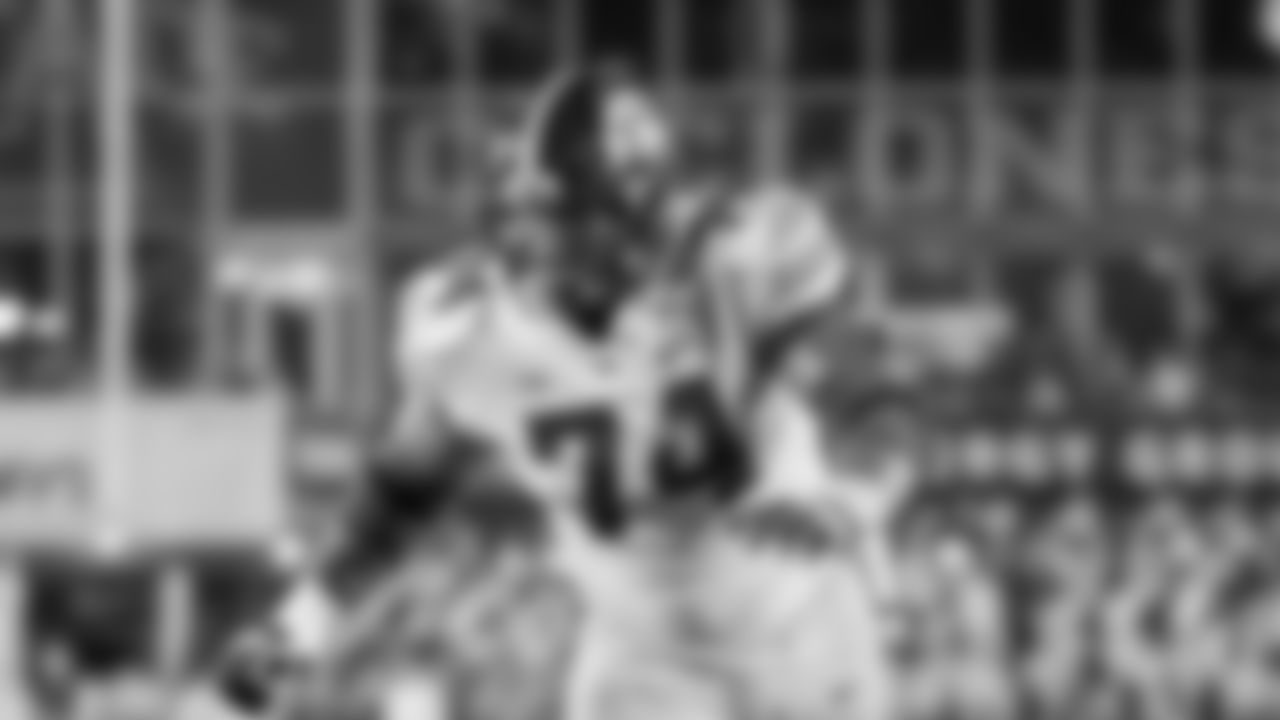
Iowa offensive lineman Tristan Wirfs during an NCAA football game against Iowa State on Saturday, Sept. 14, 2019 in Ames, Iowa. (AP Photo/Justin Hayworth)
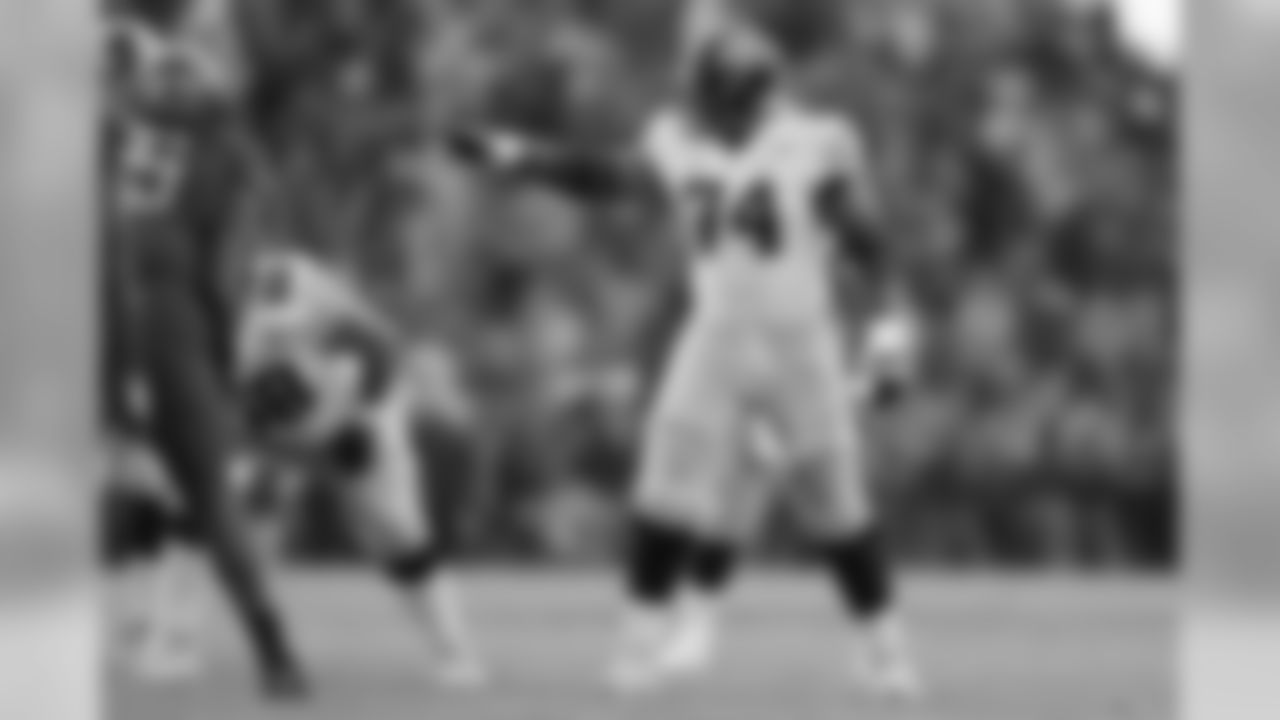
Iowa offensive lineman Tristan Wirfs (74) gets set for a play during the first half of an NCAA college football game against Iowa State, Saturday, Sept. 14, 2019, in Ames, Iowa. (AP Photo/Charlie Neibergall)

Iowa offensive lineman Tristan Wirfs (74) gets set for a play during the first half of an NCAA college football game against Iowa State, Saturday, Sept. 14, 2019, in Ames, Iowa. (AP Photo/Charlie Neibergall)
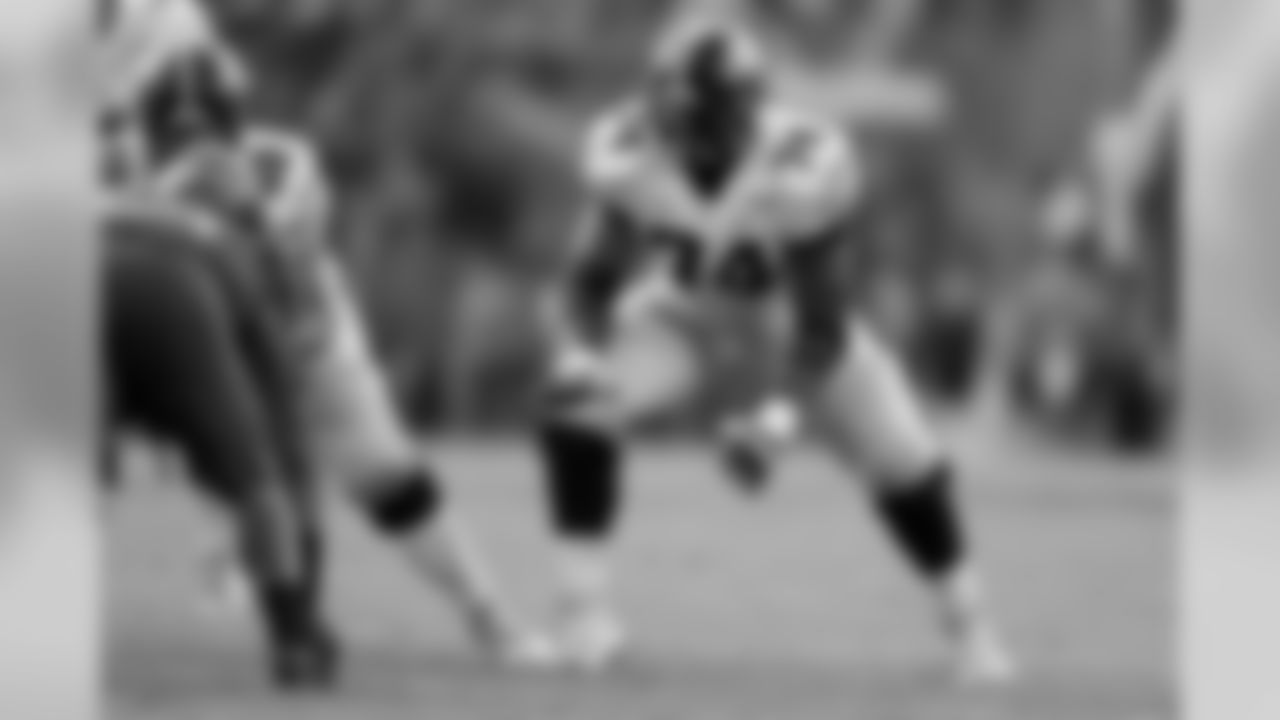
Iowa offensive lineman Tristan Wirfs (74) gets set for a play during the first half of an NCAA college football game against Iowa State, Saturday, Sept. 14, 2019, in Ames, Iowa. (AP Photo/Charlie Neibergall)
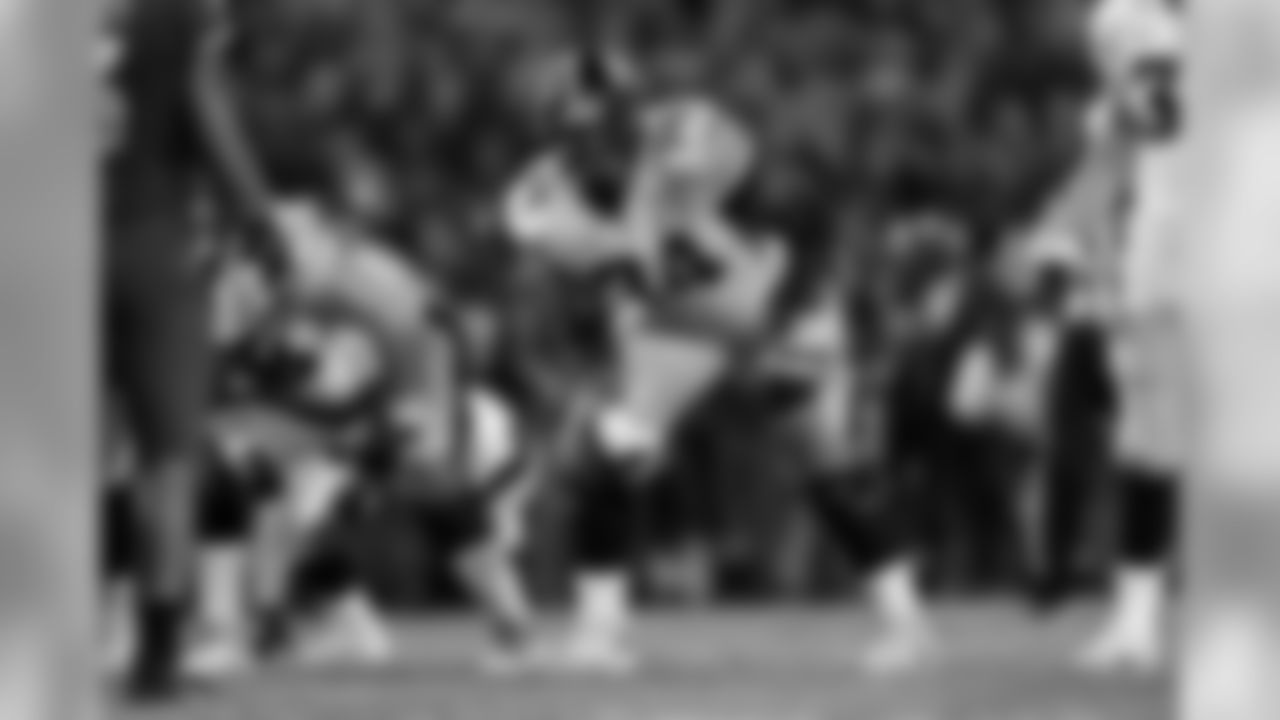
Iowa offensive lineman Tristan Wirfs (74) gets set for a play during the second half of an NCAA college football game against Iowa State, Saturday, Sept. 14, 2019, in Ames, Iowa. (AP Photo/Charlie Neibergall)
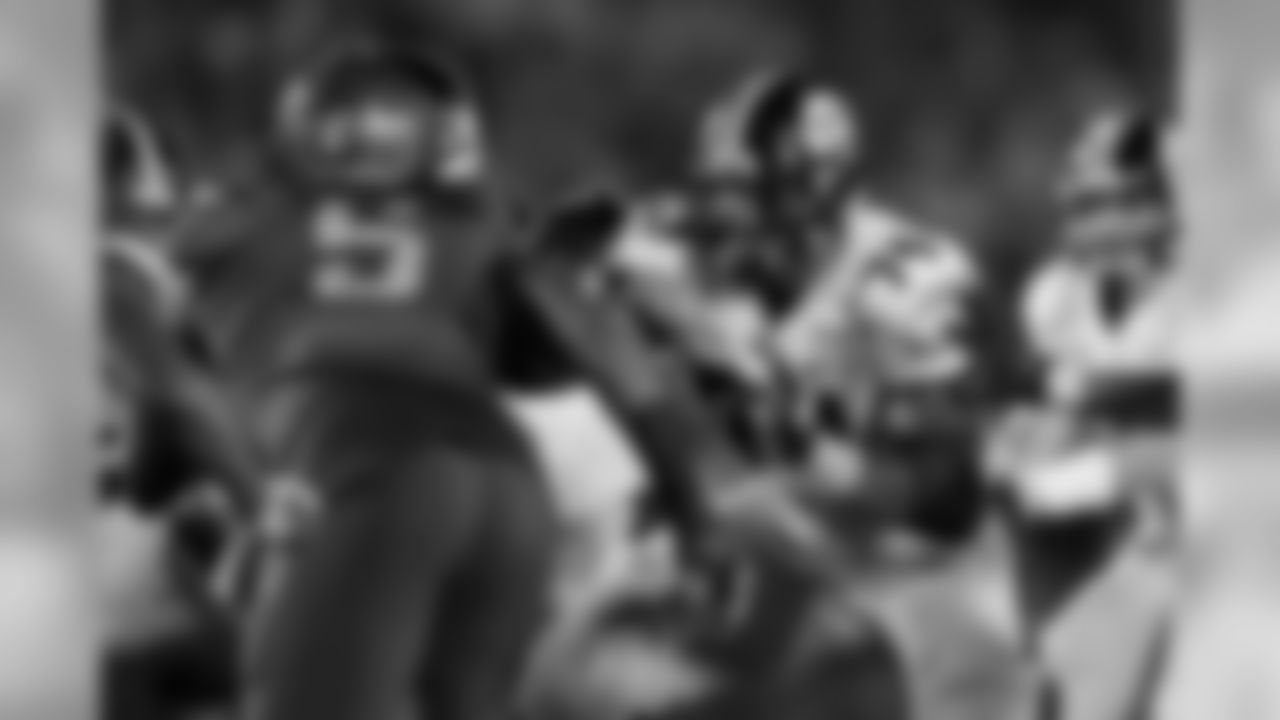
Iowa offensive lineman Tristan Wirfs (74) looks to make a block during the second half of an NCAA college football game against Iowa State, Saturday, Sept. 14, 2019, in Ames, Iowa. (AP Photo/Charlie Neibergall)
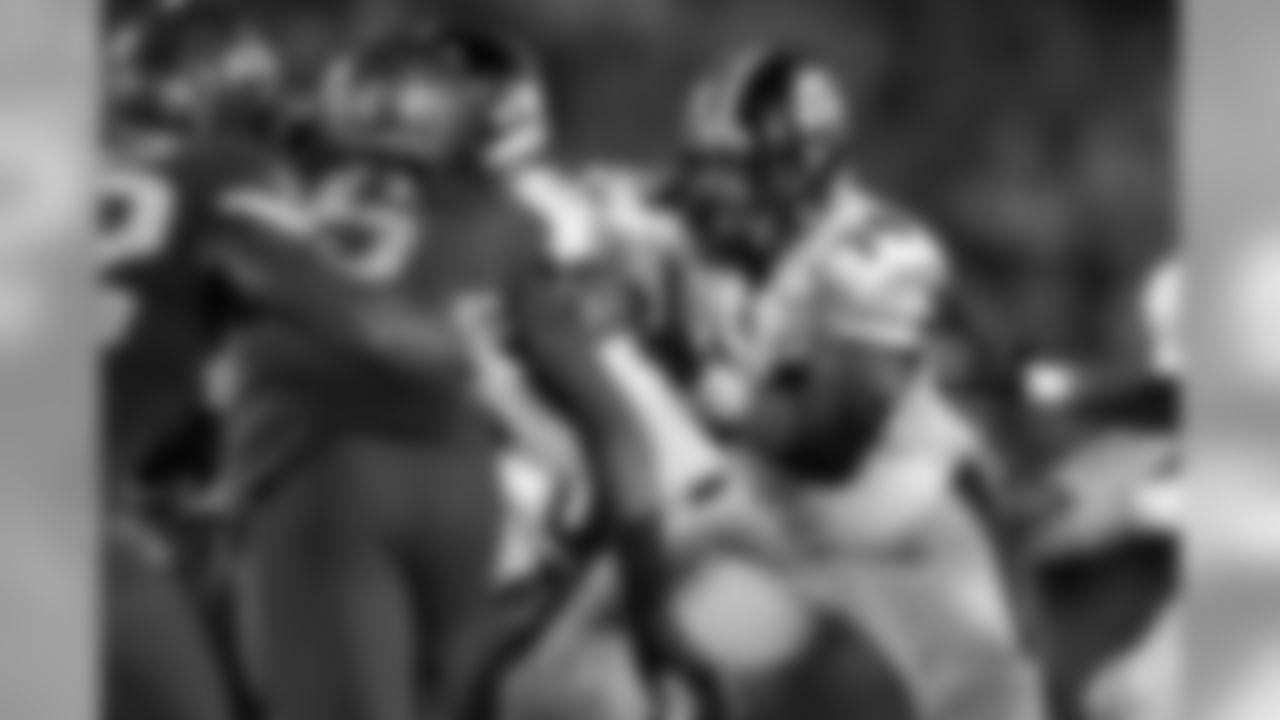
Iowa offensive lineman Tristan Wirfs (74) looks to make a block during the second half of an NCAA college football game against Iowa State, Saturday, Sept. 14, 2019, in Ames, Iowa. (AP Photo/Charlie Neibergall)
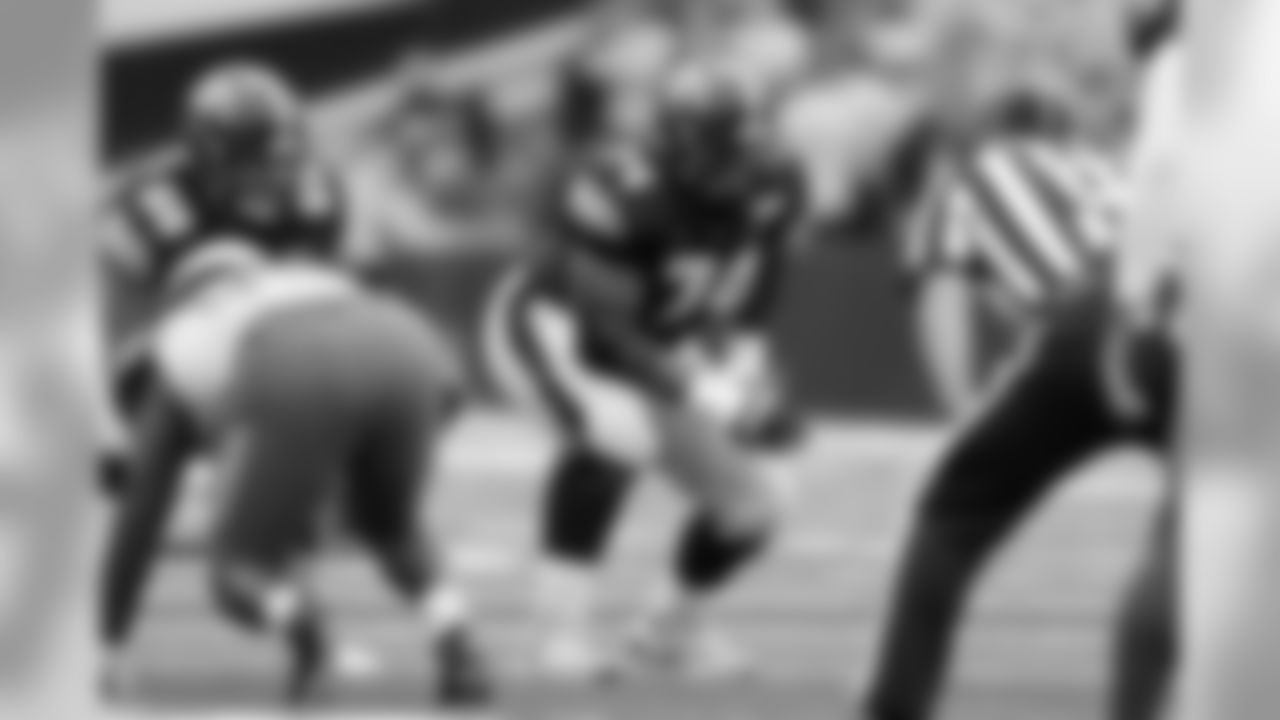
Iowa offensive lineman Tristan Wirfs (74) gets set for a play during the first half of an NCAA college football game against Middle Tennessee, Saturday, Sept. 28, 2019, in Iowa City, Iowa. (AP Photo/Charlie Neibergall)
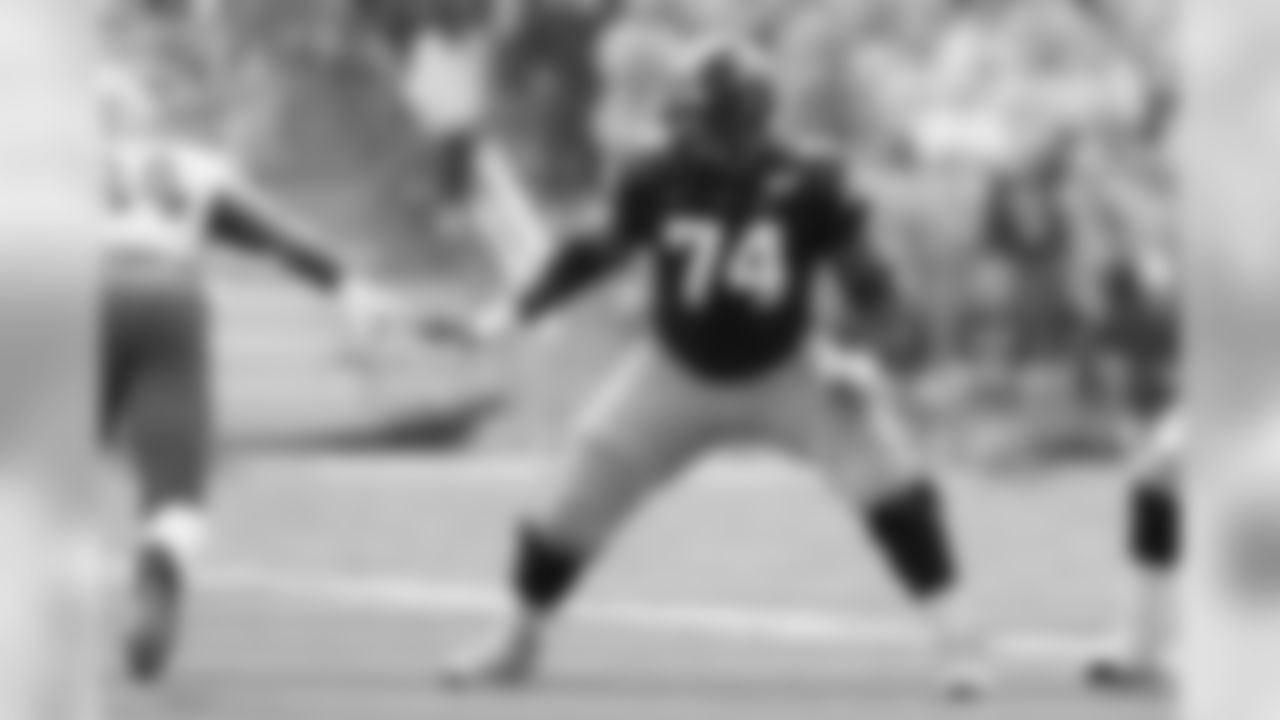
Iowa offensive lineman Tristan Wirfs (74) looks to make a block during the first half of an NCAA college football game against Middle Tennessee, Saturday, Sept. 28, 2019, in Iowa City, Iowa. (AP Photo/Charlie Neibergall)
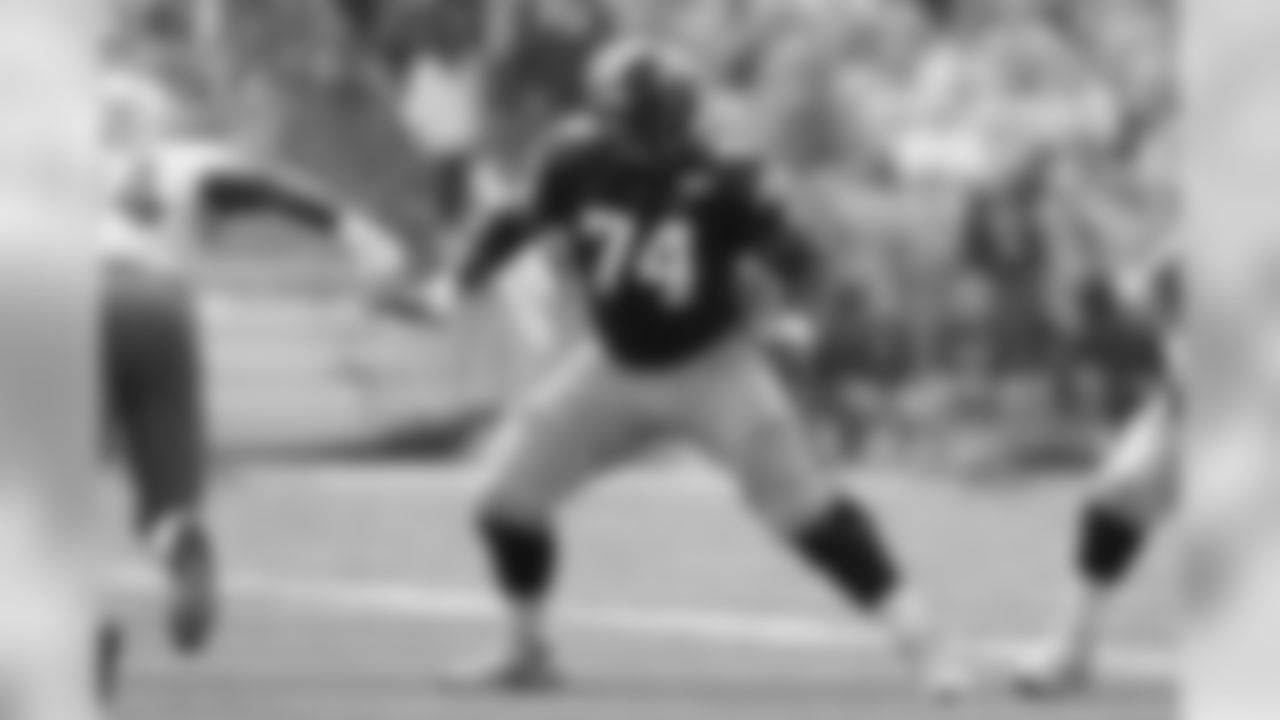
Iowa offensive lineman Tristan Wirfs (74) looks to make a block during the first half of an NCAA college football game against Middle Tennessee, Saturday, Sept. 28, 2019, in Iowa City, Iowa. (AP Photo/Charlie Neibergall)
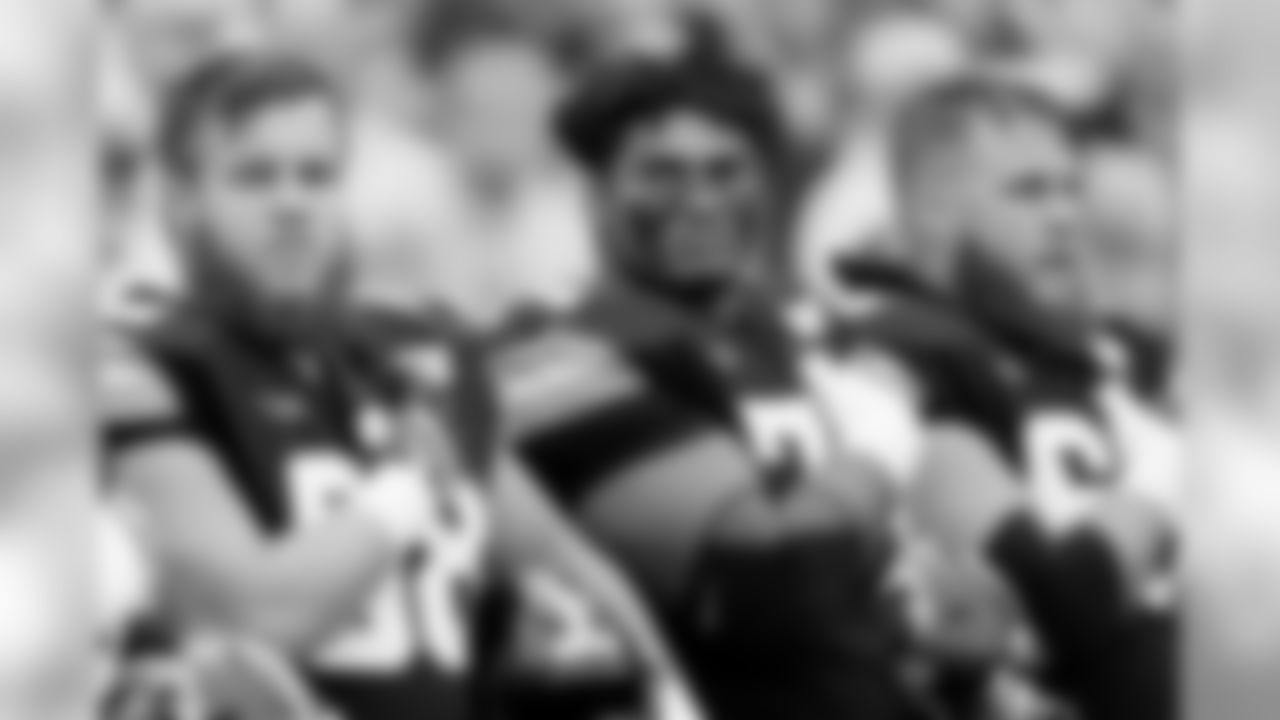
Iowa offensive lineman Tristan Wirfs, center, stands with teammates Landan Paulsen, left, and Levi Paulsen, right, during the national anthem before an NCAA college football game against Middle Tennessee, Saturday, Sept. 28, 2019, in Iowa City, Iowa. (AP Photo/Charlie Neibergall)
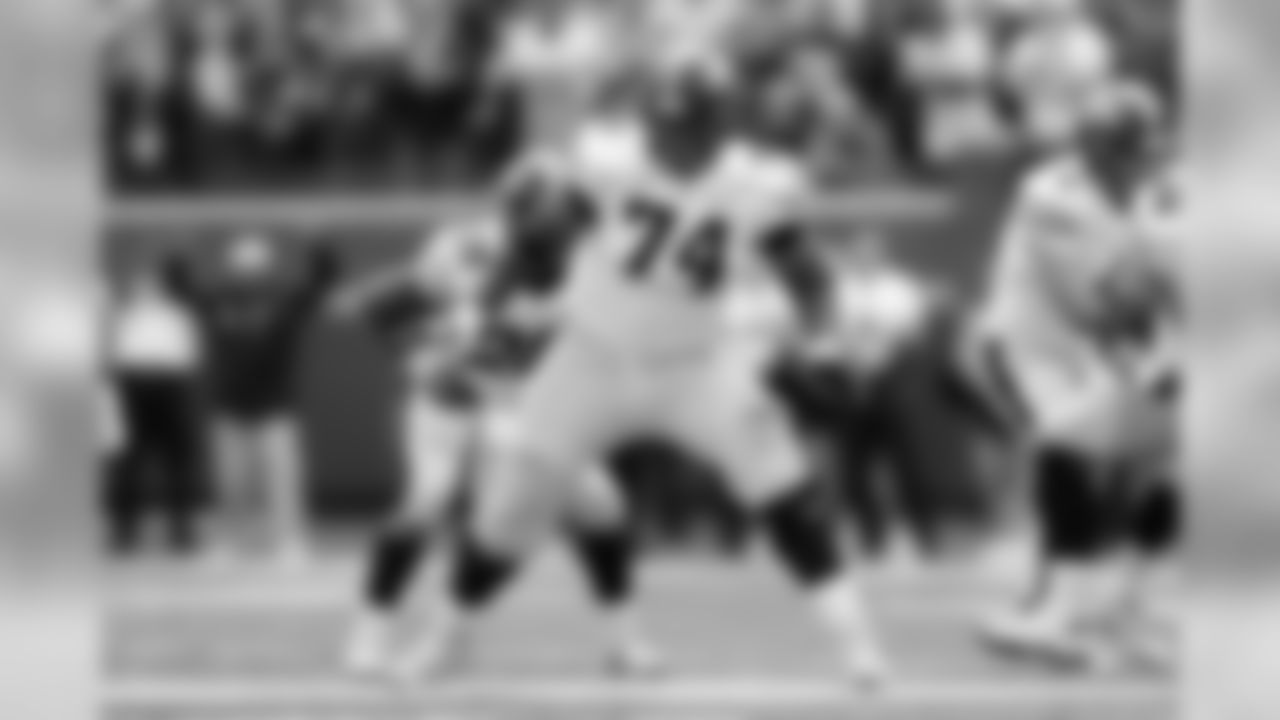
Iowa offensive lineman Tristan Wirfs (74) blocks during the second half of an NCAA college football game against Michigan in Ann Arbor, Mich., Saturday, Oct. 5, 2019. (AP Photo/Paul Sancya)
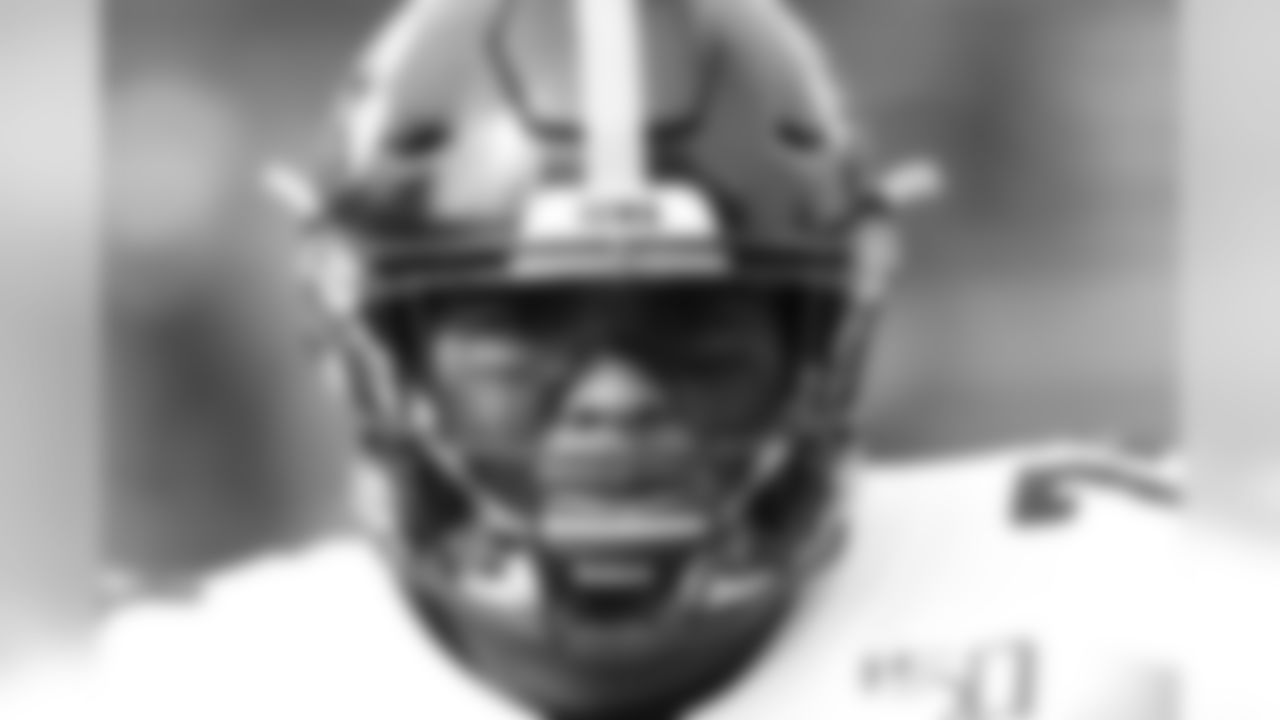
Iowa offensive lineman Tristan Wirfs (74) warms up before an NCAA college football game against Michigan in Ann Arbor, Mich., Saturday, Oct. 5, 2019. (AP Photo/Paul Sancya)
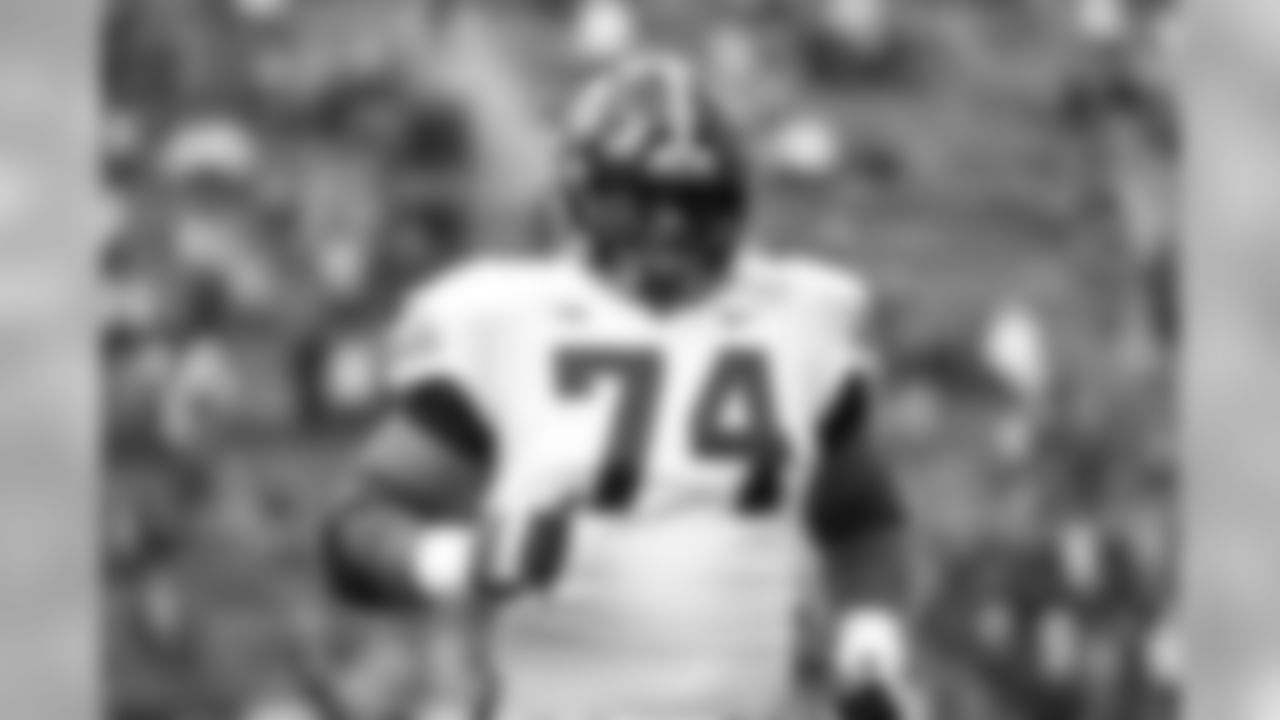
Iowa offensive lineman Tristan Wirfs (74) runs before an NCAA college football game against Michigan in Ann Arbor, Mich., Saturday, Oct. 5, 2019. (AP Photo/Paul Sancya)
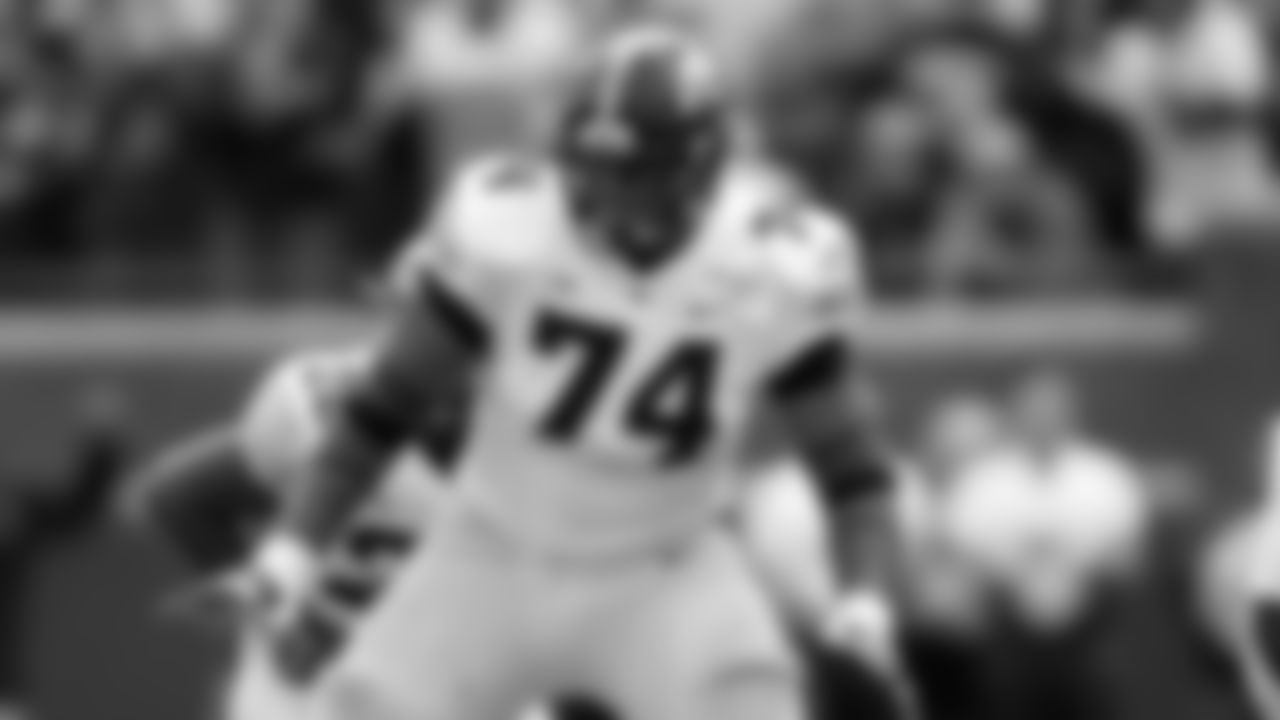
Iowa offensive lineman Tristan Wirfs (74) blocks against Michigan during the second half of an NCAA college football game in Ann Arbor, Mich., Saturday, Oct. 5, 2019. (AP Photo/Paul Sancya)
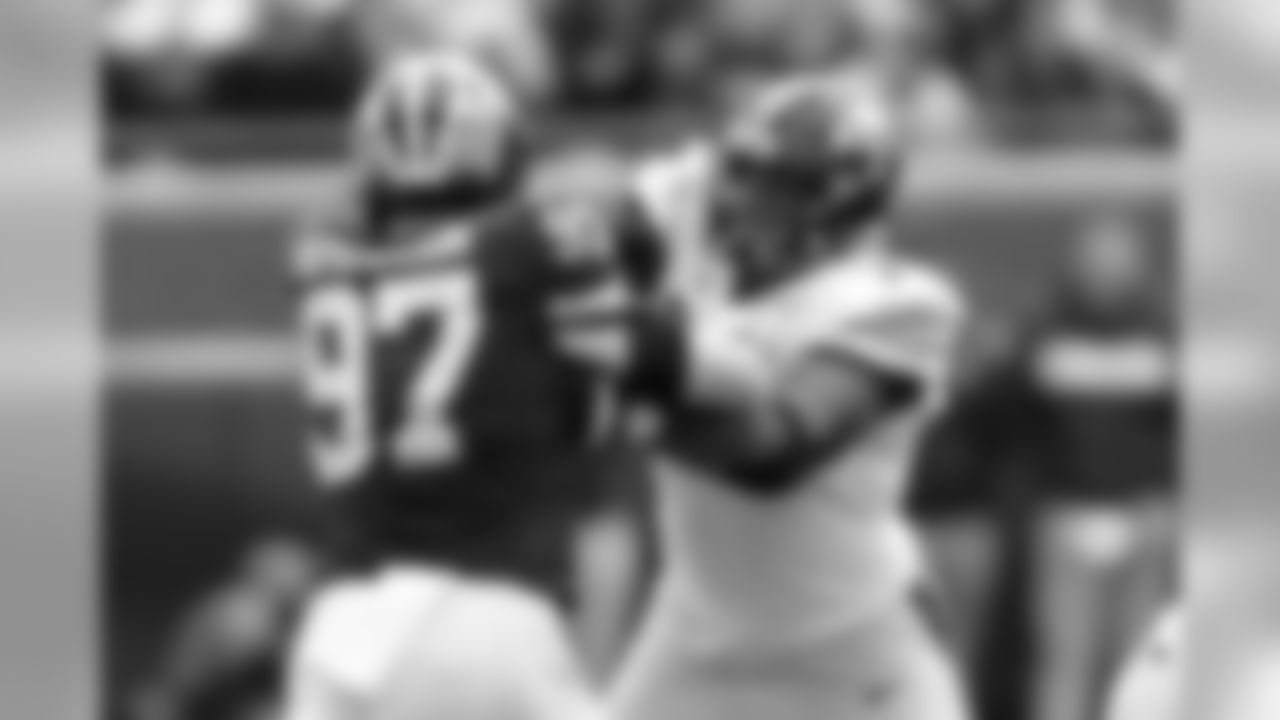
Iowa offensive lineman Tristan Wirfs (74) blocks Michigan defensive lineman Aidan Hutchinson (97) during the second half of an NCAA college football game in Ann Arbor, Mich., Saturday, Oct. 5, 2019. (AP Photo/Paul Sancya)

Iowa offensive lineman Tristan Wirfs (74) plays against Michigan during the second half of an NCAA college football game in Ann Arbor, Mich., Saturday, Oct. 5, 2019. (AP Photo/Paul Sancya)
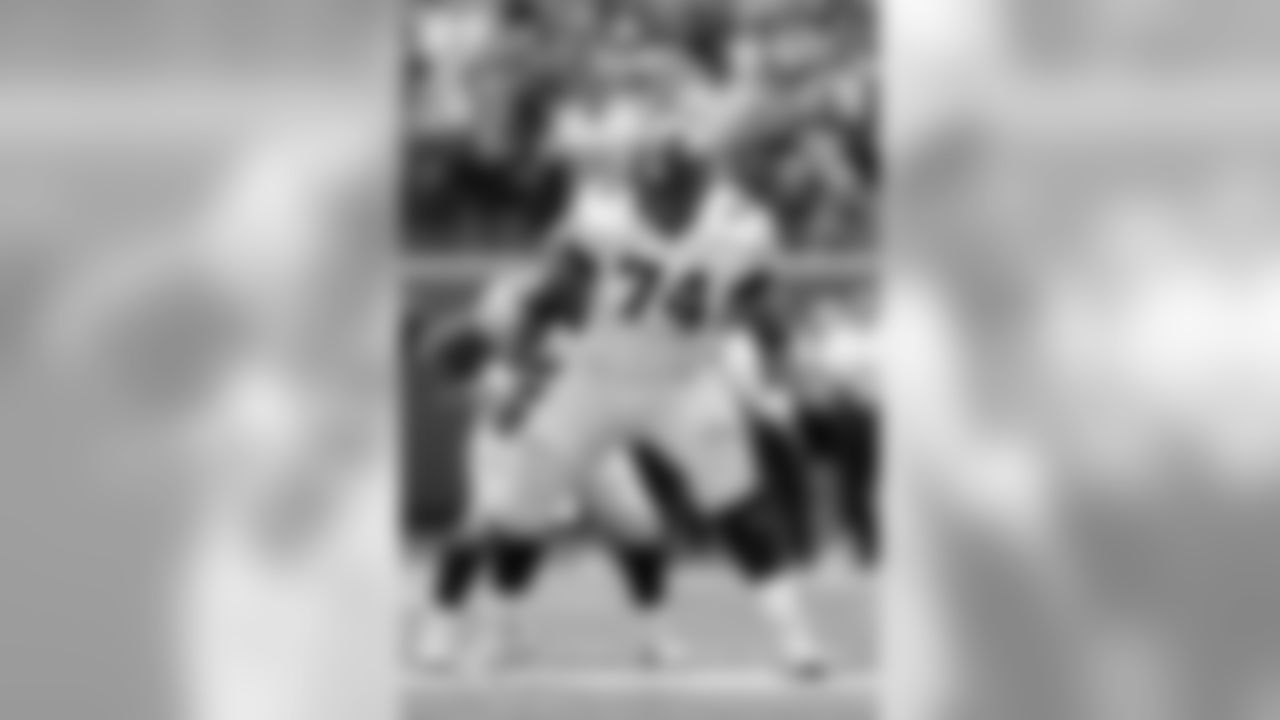
Iowa offensive lineman Tristan Wirfs (74) blocks against Michigan during the second half of an NCAA college football game in Ann Arbor, Mich., Saturday, Oct. 5, 2019. (AP Photo/Paul Sancya)
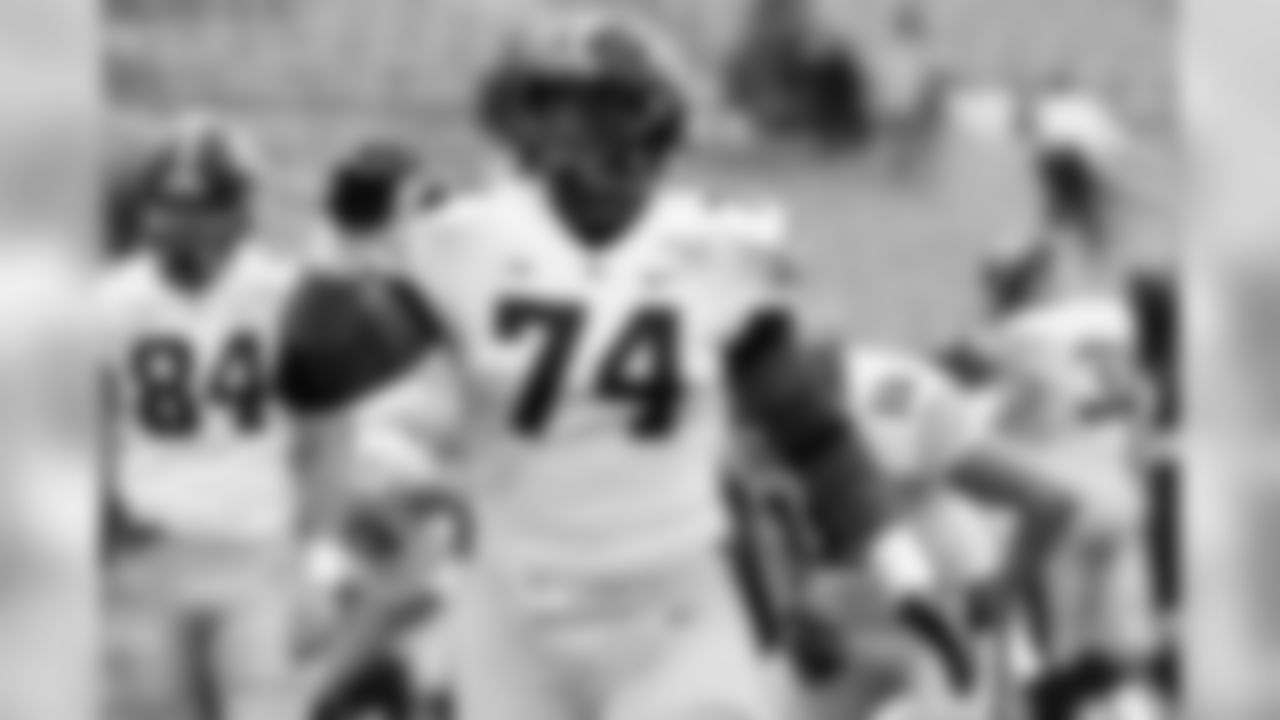
Iowa offensive lineman Tristan Wirfs (74) warms ups before a game against Northwestern an NCAA college football game, Saturday, Oct. 26, 2019, in Evanston, Ill. (AP Photo/David Banks)
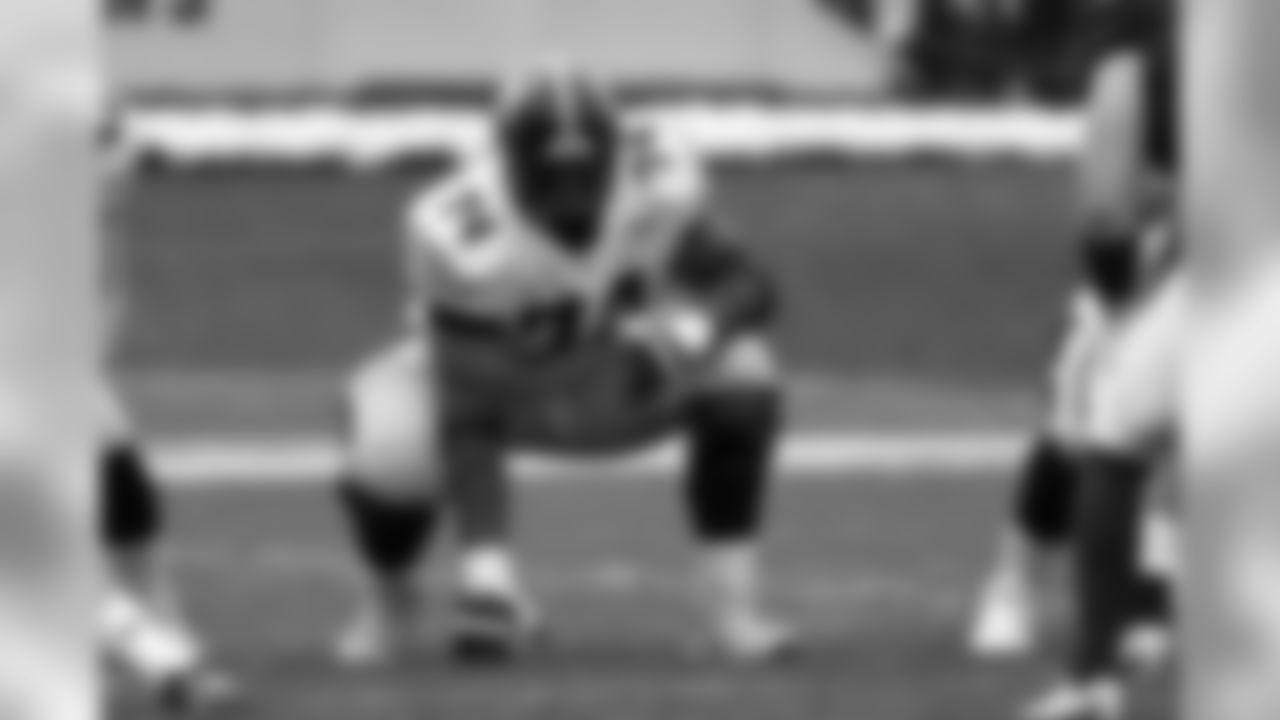
Iowa offensive lineman Tristan Wirfs (74) plays against Northwestern during the first half of an NCAA college football game, Saturday, Oct. 26, 2019, in Evanston, Ill. (AP Photo/David Banks)
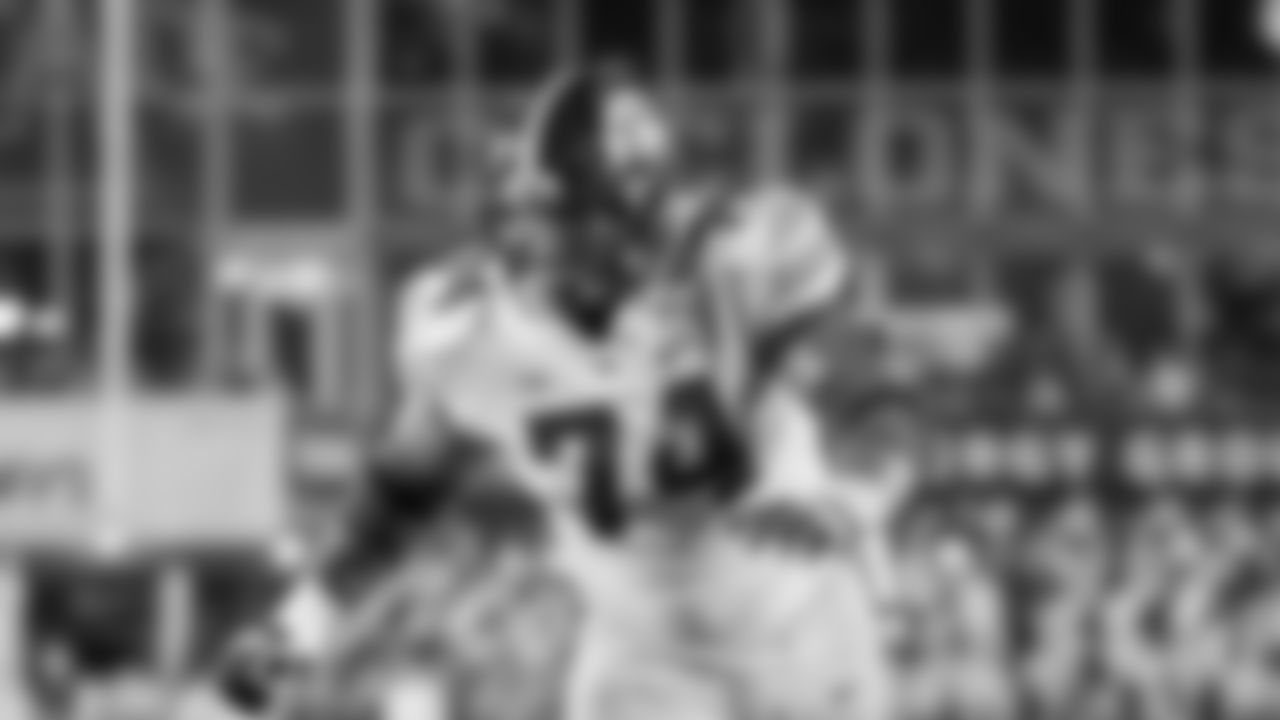
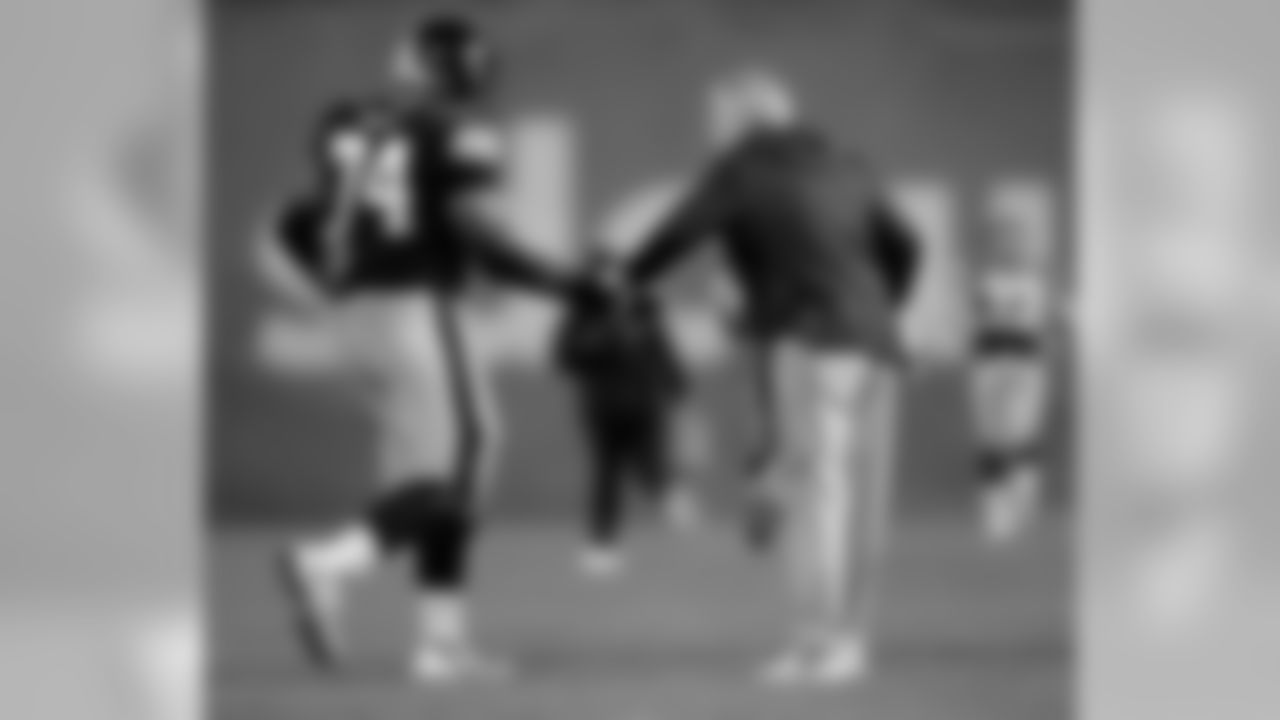
Iowa head coach Kirk Ferentz, right, congratulates offensive lineman Tristan Wirfs (74) after a Iowa touchdown during the second half of the Holiday Bowl NCAA college football game against Southern California Friday, Dec. 27, 2019, in San Diego. Iowa won 49-24. (AP Photo/Orlando Ramirez)

Iowa offensive lineman Tristan Wirfs (74) blocks during the second half of the Holiday Bowl NCAA college football game against Southern California Friday, Dec. 27, 2019, in San Diego. Iowa won 49-24. (AP Photo/Orlando Ramirez)
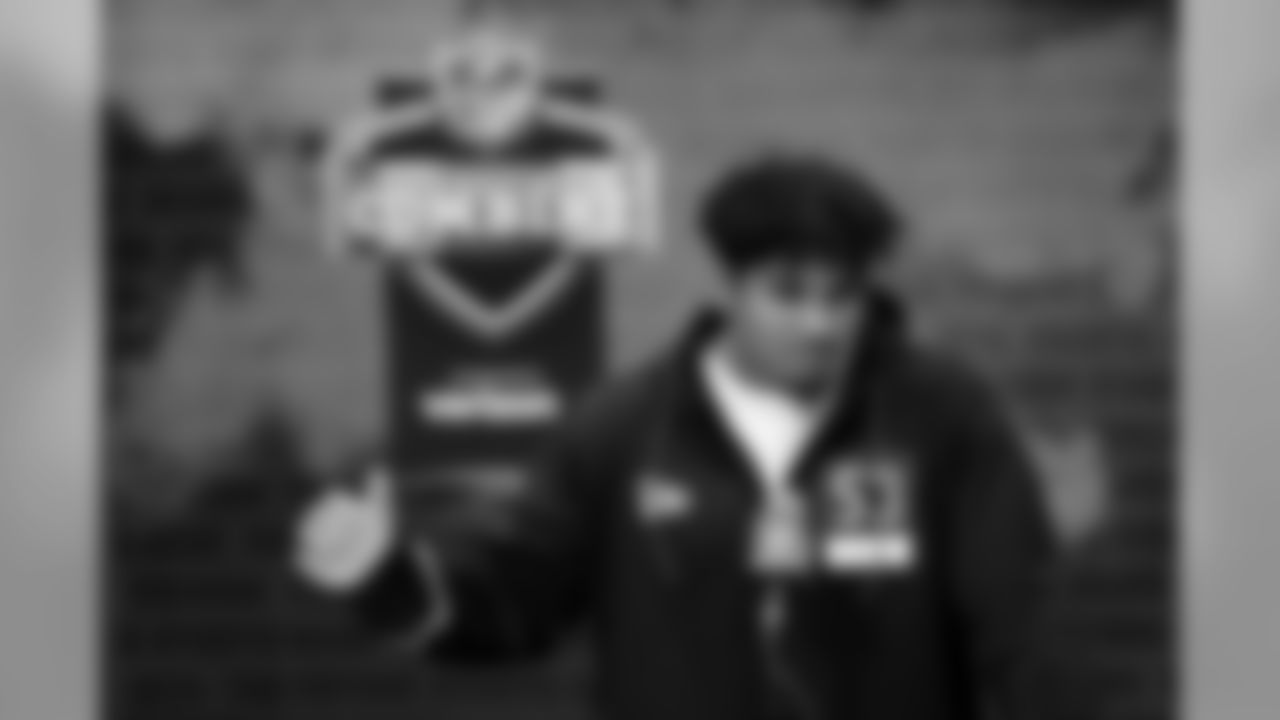
Iowa offensive lineman Tristan Wirfs speaks during a press conference at the NFL football scouting combine in Indianapolis, Wednesday, Feb. 26, 2020. (AP Photo/Charlie Neibergall)
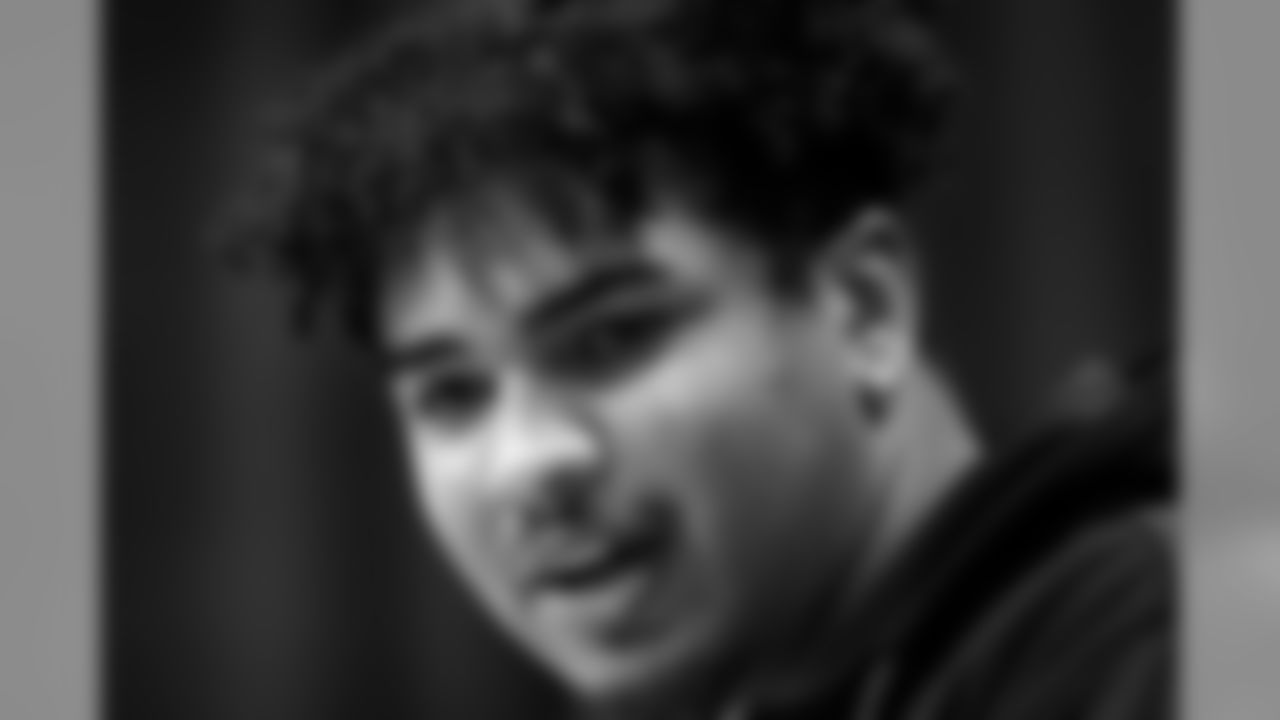
Iowa offensive lineman Tristan Wirfs speaks during a press conference at the NFL football scouting combine in Indianapolis, Wednesday, Feb. 26, 2020. (AP Photo/Charlie Neibergall)
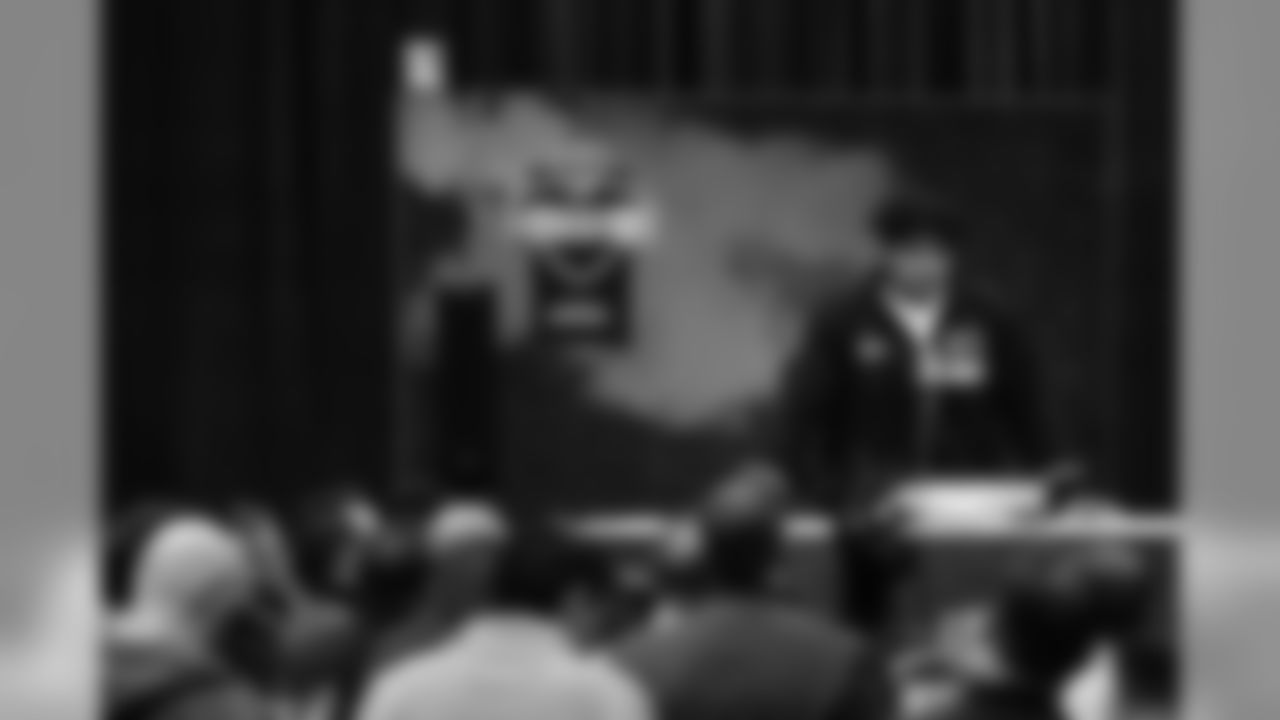
Iowa offensive lineman Tristan Wirfs speaks to the media during a press conference at the NFL football scouting combine, Wednesday, Feb. 26, 2020, in Indianapolis. (Aaron M. Sprecher via AP)
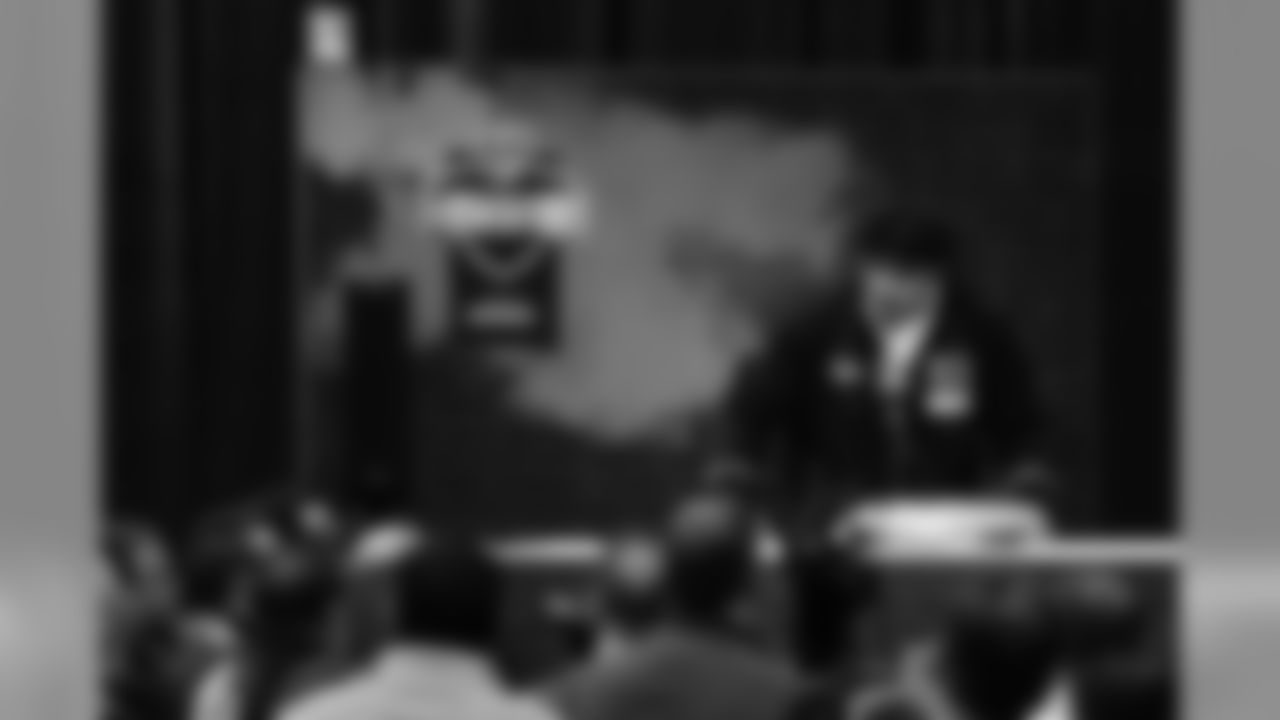
Iowa offensive lineman Tristan Wirfs speaks to the media during a press conference at the NFL football scouting combine, Wednesday, Feb. 26, 2020, in Indianapolis. (Aaron M. Sprecher via AP)
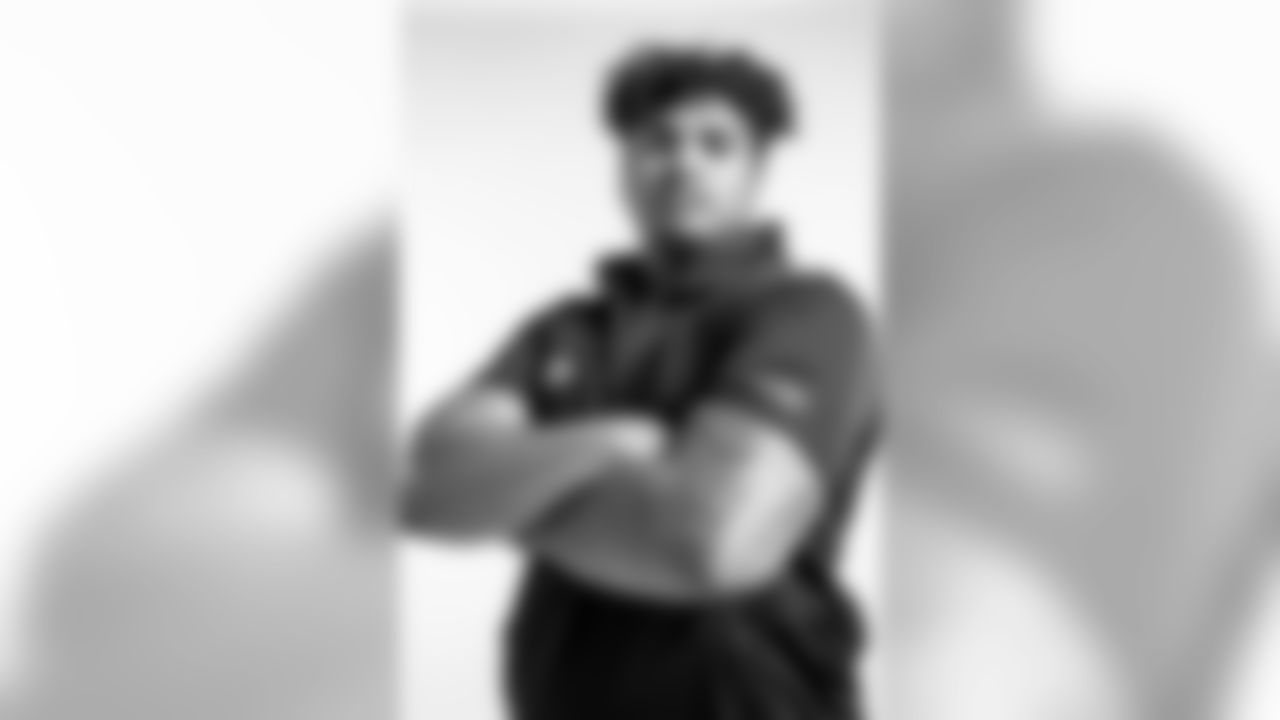
Iowa tackle Tristan Wirfs poses for a portrait during the 2020 NFL Scouting Combine, Wednesday, Feb. 26, 2020 in Indianapolis. (Todd Rosenberg via AP)
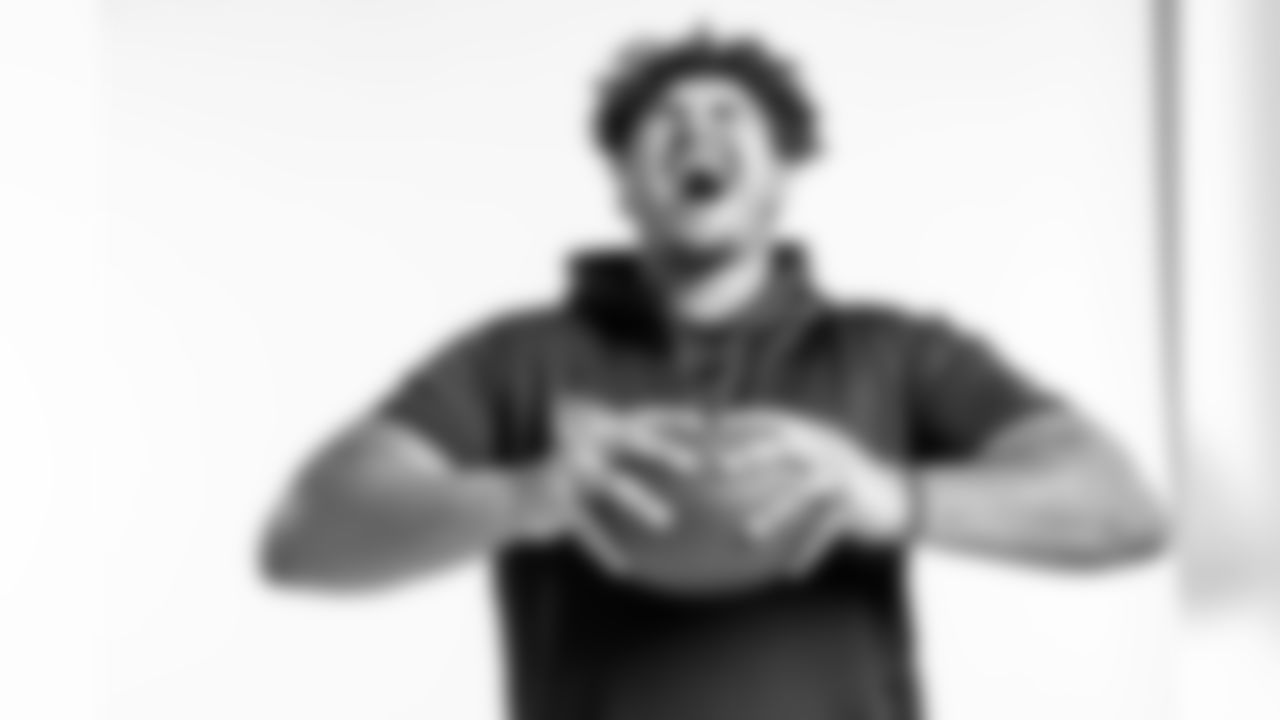
Iowa tackle Tristan Wirfs poses for a portrait during the 2020 NFL Scouting Combine, Wednesday, Feb. 26, 2020 in Indianapolis. (Todd Rosenberg via AP)
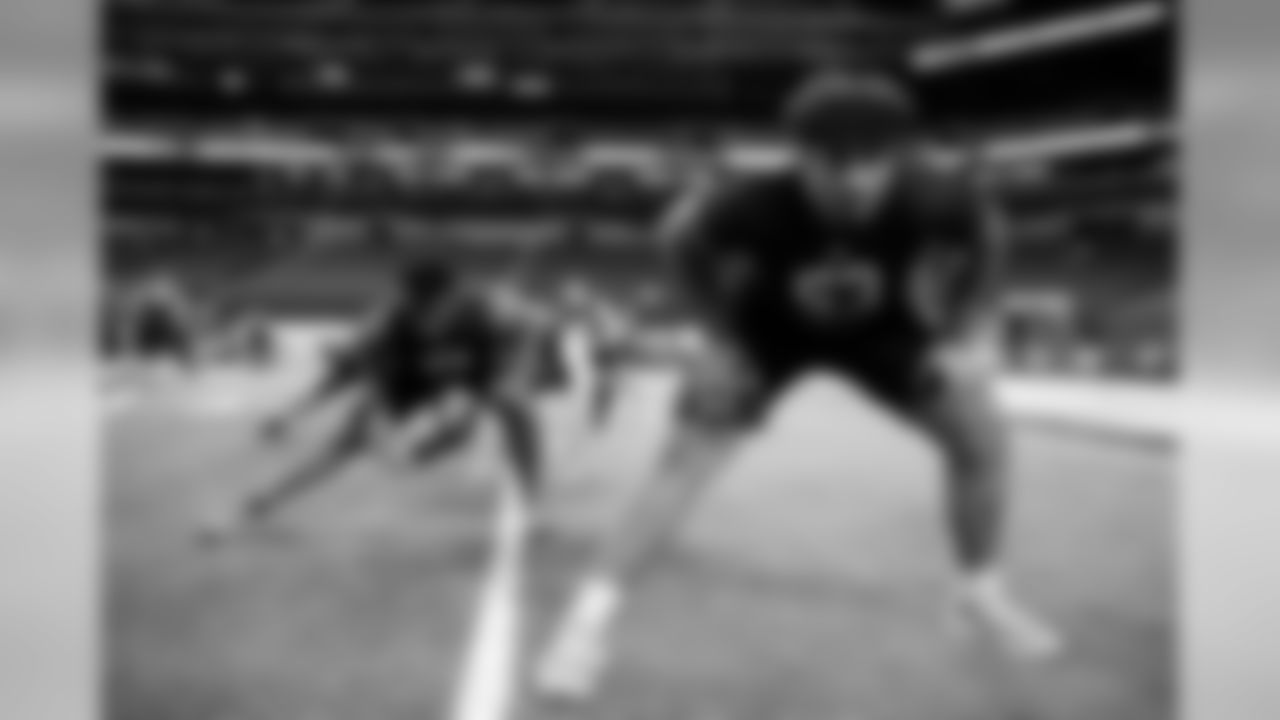
Iowa offensive lineman Tristan Wirfs stretches at the NFL football scouting combine in Indianapolis, Friday, Feb. 28, 2020. (AP Photo/Charlie Neibergall)
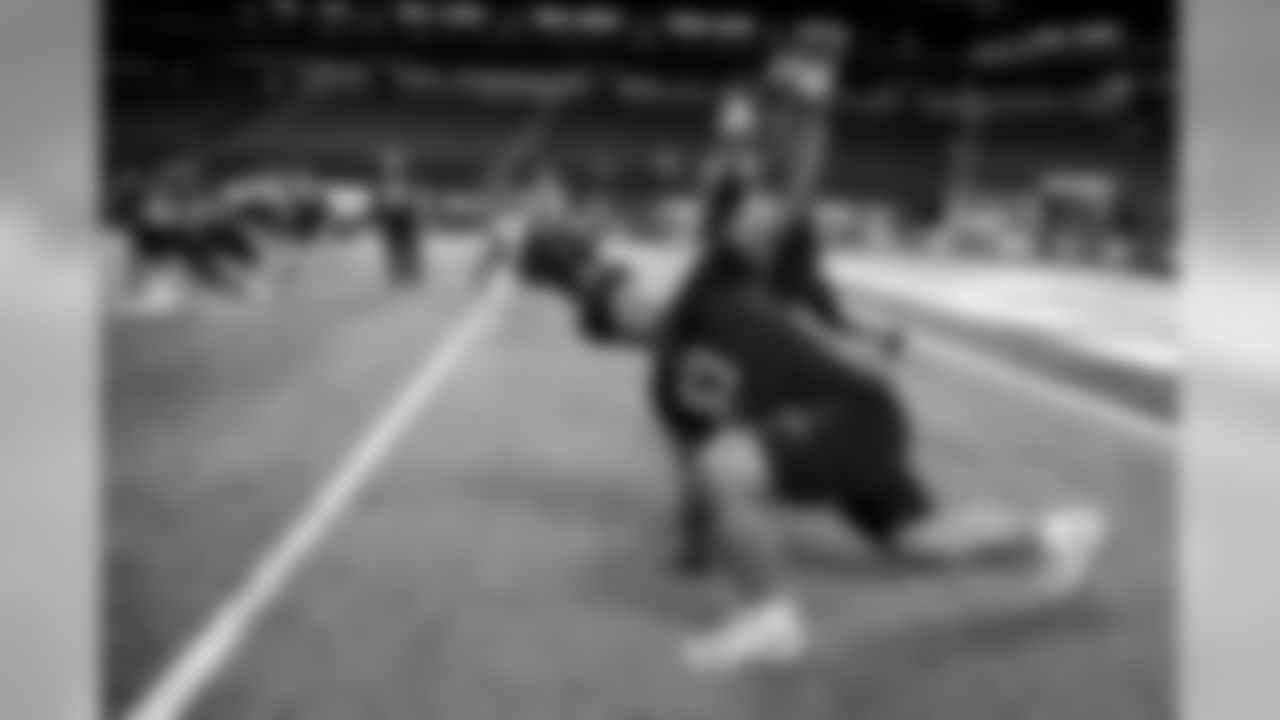
Iowa offensive lineman Tristan Wirfs stretches at the NFL football scouting combine in Indianapolis, Friday, Feb. 28, 2020. (AP Photo/Charlie Neibergall)
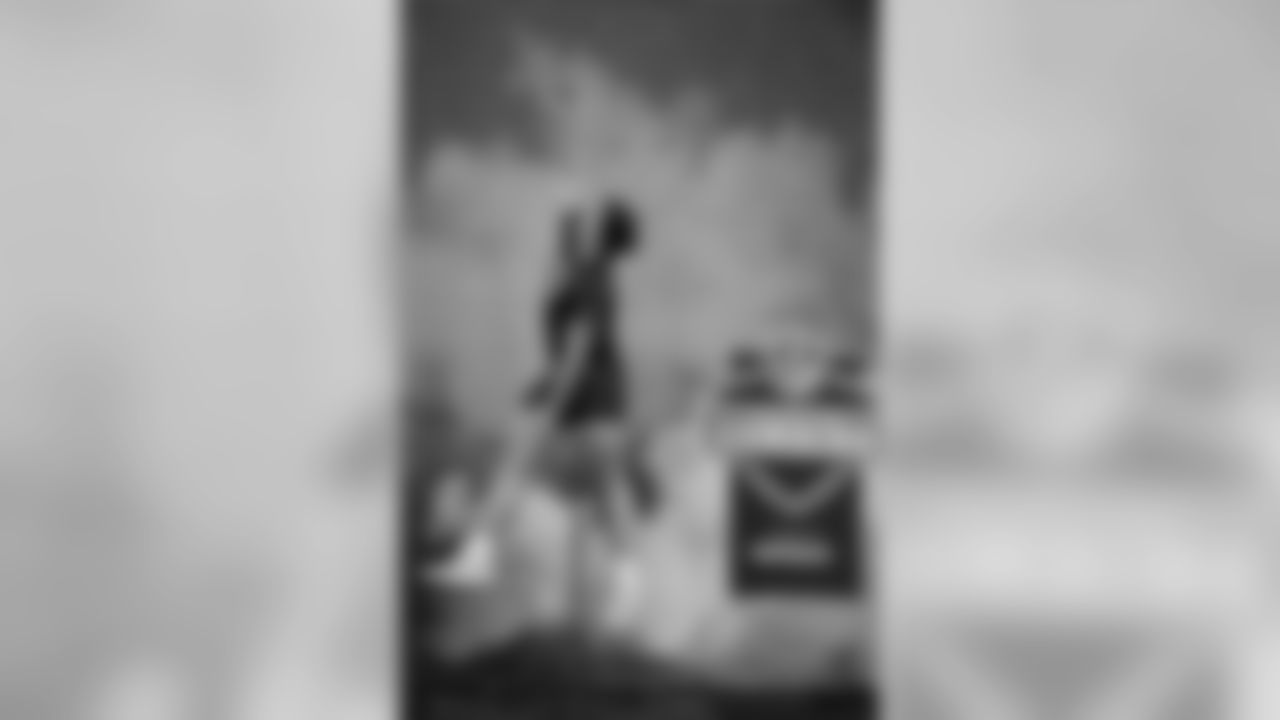
Iowa offensive lineman Tristan Wirfs runs a drill at the NFL football scouting combine in Indianapolis, Friday, Feb. 28, 2020. (AP Photo/Charlie Neibergall)
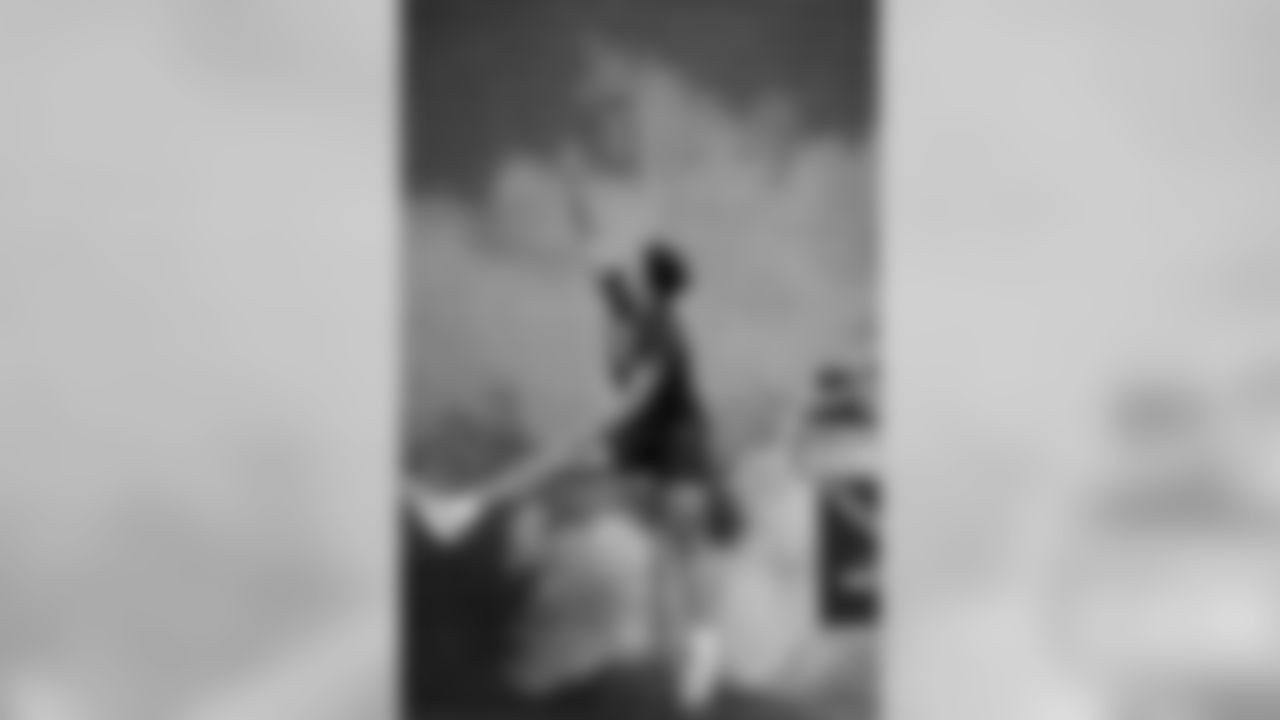
Iowa offensive lineman Tristan Wirfs runs a drill at the NFL football scouting combine in Indianapolis, Friday, Feb. 28, 2020. (AP Photo/Charlie Neibergall)
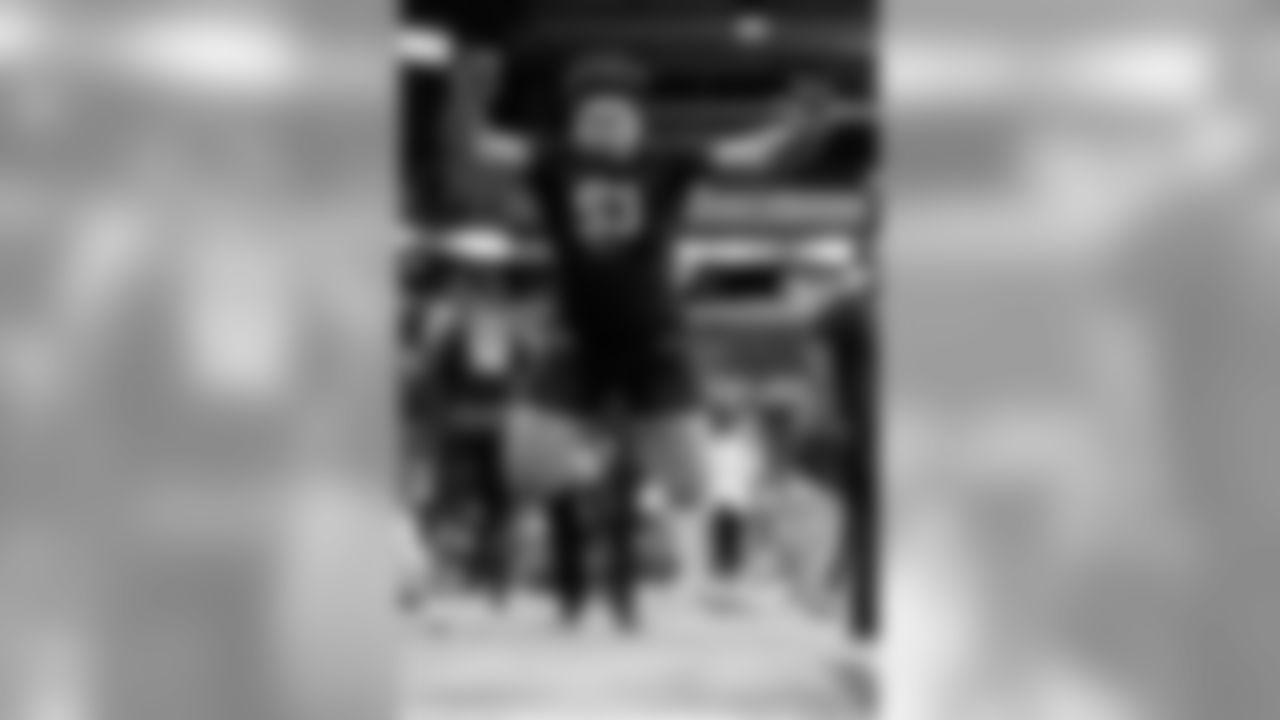
Iowa offensive lineman Tristan Wirfs runs a drill at the NFL football scouting combine in Indianapolis, Friday, Feb. 28, 2020. (AP Photo/Charlie Neibergall)
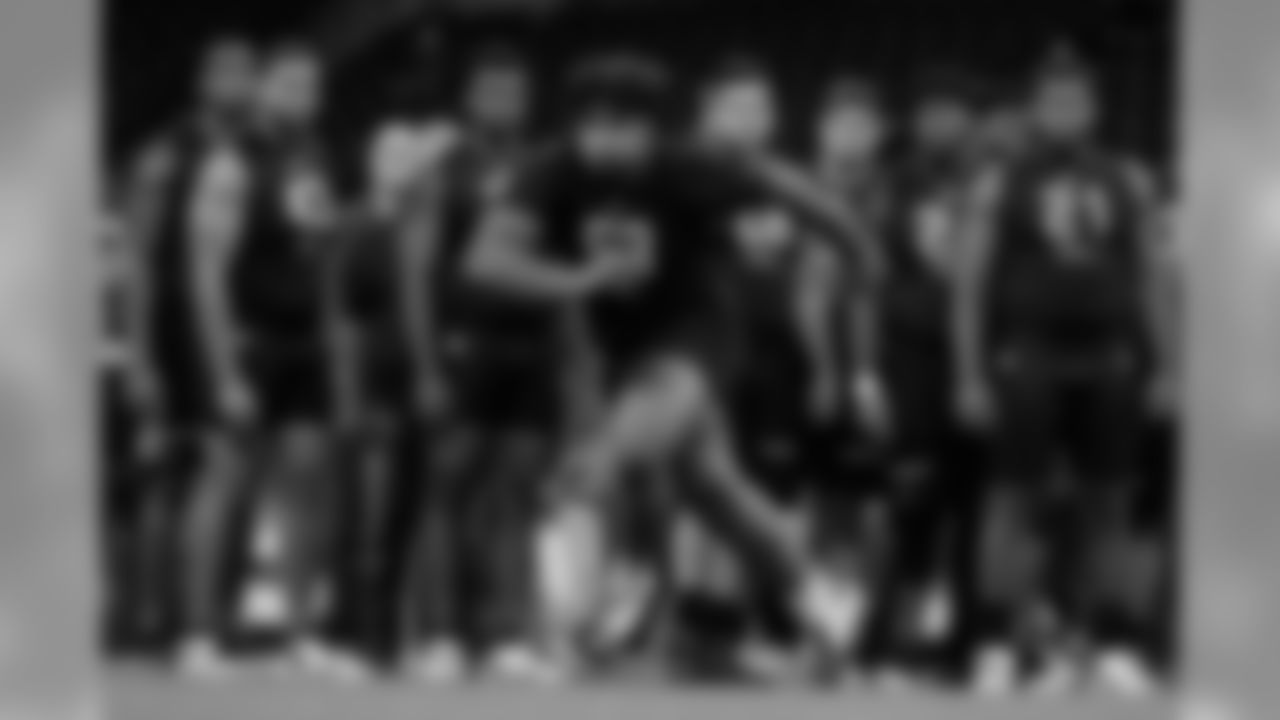
Iowa offensive lineman Tristan Wirfs runs a drill at the NFL football scouting combine in Indianapolis, Friday, Feb. 28, 2020. (AP Photo/Michael Conroy)

Iowa offensive lineman Tristan Wirfs runs a drill at the NFL football scouting combine in Indianapolis, Friday, Feb. 28, 2020. (AP Photo/Charlie Neibergall)
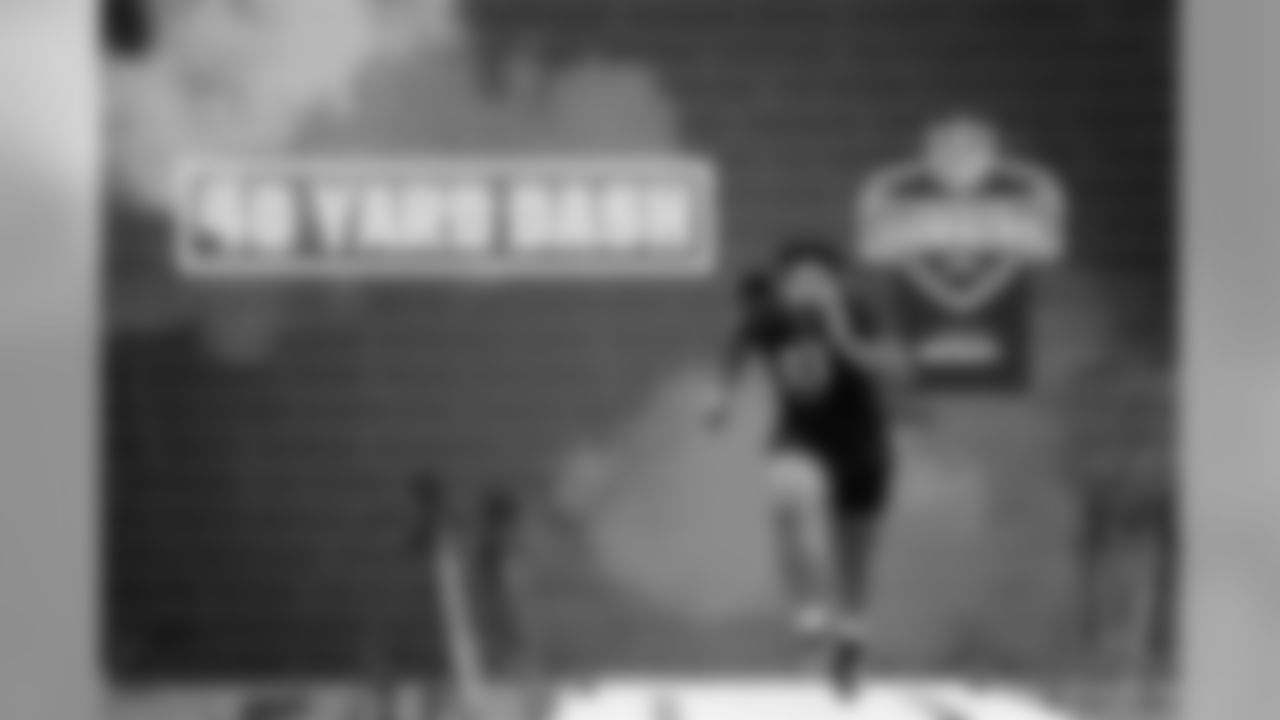
Iowa offensive lineman Tristan Wirfs runs the 40-yard dash during the NFL football scouting combine, Friday, Feb. 28, 2020, in Indianapolis. (Aaron M. Sprecher via AP)
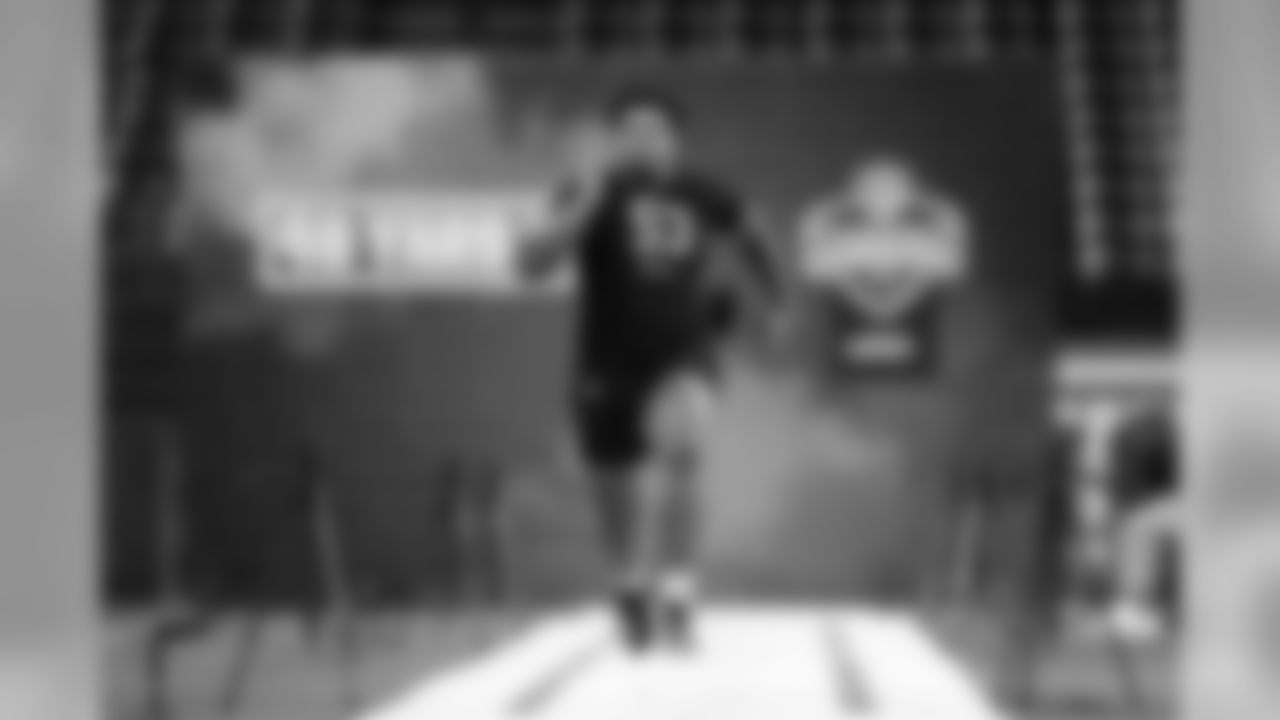
Iowa tackle Tristan Wirfs runs the 40-yard dash during the 2020 NFL Scouting Combine, Friday, Feb. 28, 2020 in Indianapolis. (Ben Liebenberg via AP)
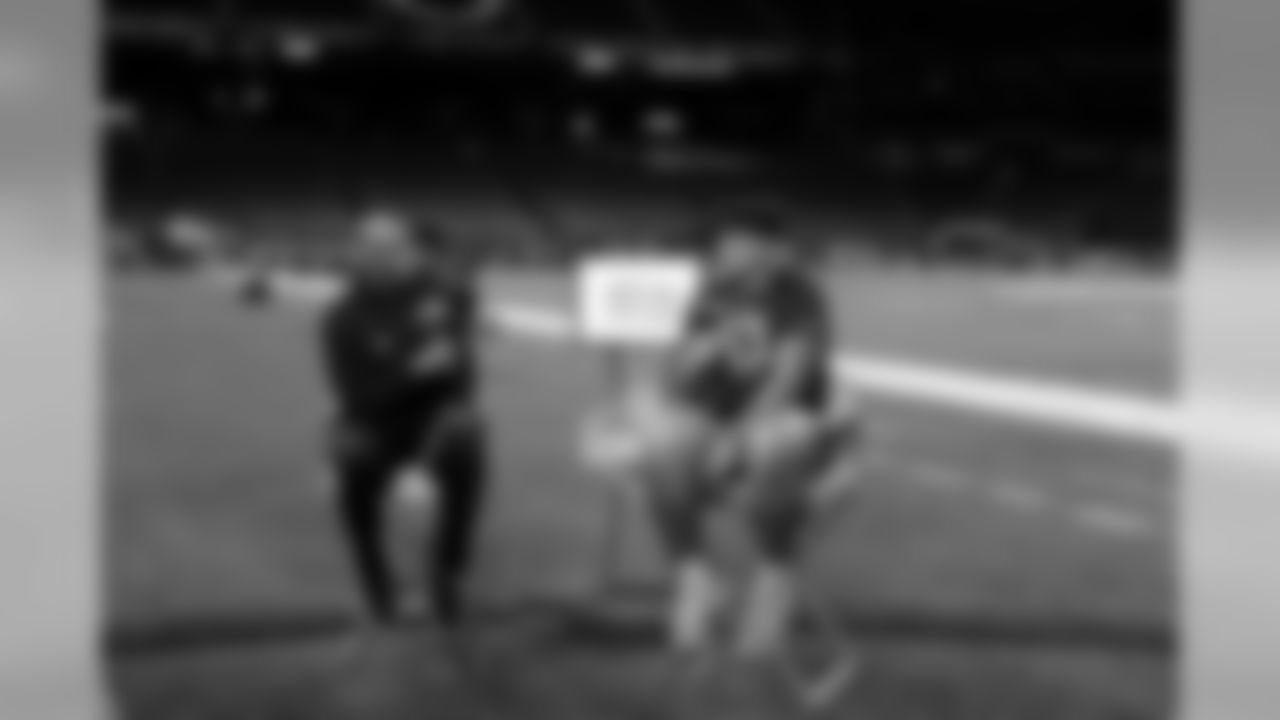
Iowa tackle Tristan Wirfs is interviewed by Bucky Brooks during the 2020 NFL Scouting Combine, Friday, Feb. 28, 2020 in Indianapolis. (Ben Liebenberg via AP)
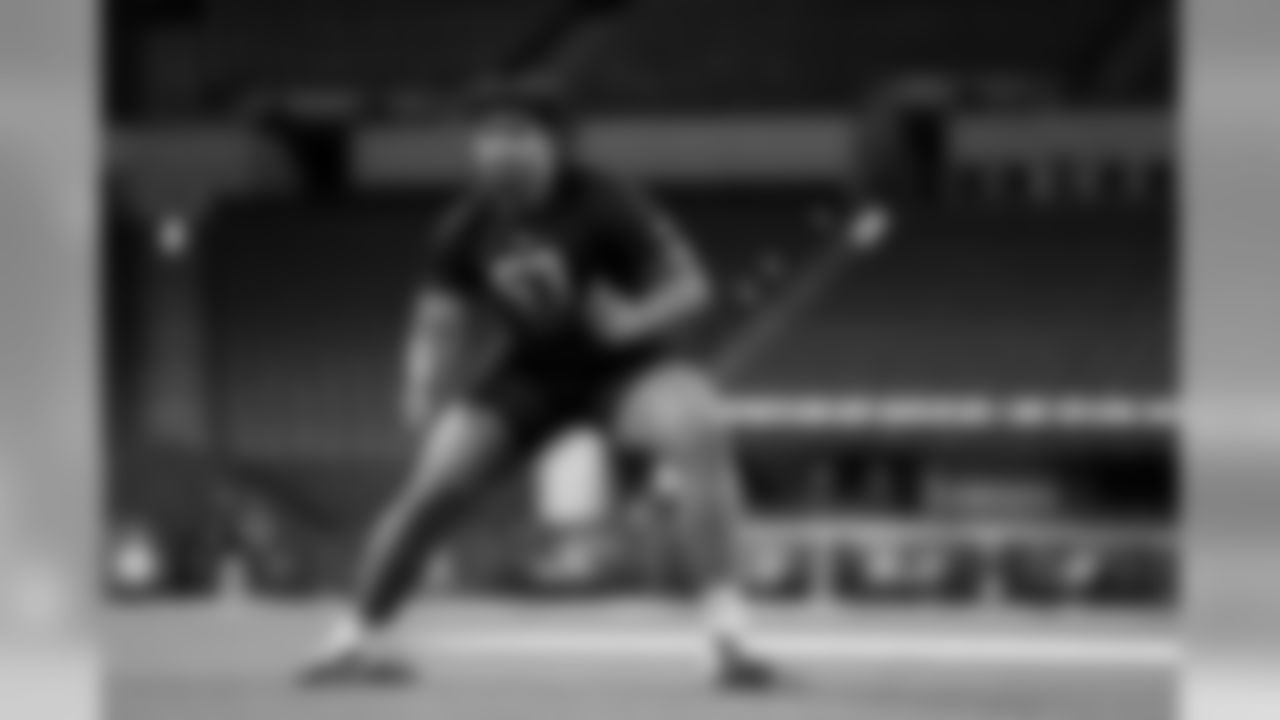
Iowa tackle Tristan Wirfs runs a drill during the 2020 NFL Scouting Combine, Friday, Feb. 28, 2020 in Indianapolis. (Ben Liebenberg via AP)
This is something that Licht has done before, to good effect. He engineered relatively small moves up in previous drafts to make sure he didn't miss out on the likes of Ali Marpet, Kwon Alexander, Alex Cappa and Kendell Beckwith. But he had never before done so in the first round. This time, the same theory applied: It was worth giving up some later draft asset in order to avoid the regret of missing out on the one player the team really coveted.
And so the Buccaneers sent a fourth-round pick to the 49ers to move up one spot and prevent another team from leap-frogging them in a pursuit of Wirfs. San Francisco sent a seventh-round pick back in the deal.
"Yeah, we were getting a little frustrated but everything worked out extremely well," said Arians. "We didn't have to give up too much to go up and get the flip. We got the guy that we really, really liked."
The Buccaneers didn't take any chances hitting on what was widely perceived, and eventually acknowledged, to be their number-one need. That didn't mean that they were locked into taking an offensive tackle in the first round, but with Wirfs within striking distance it was too good of a marriage of need and top-notch talent. Not only is he a good bet to step right in at right tackle as a rookie but he could also have a future on the other end of the line. Left tackle isn't currently an issue for the Buccaneers, who are high on stalwart Donovan Smith, but Wirfs' flexibility is still a plus.
"We think he's a versatile guy," said Licht. "He's started at both right and left tackle and he's done a good job at both positions. I'm sure Bruce can tell you more on this, but the plan right now is to put him at right tackle. He's an incredible athlete and I think he still has a huge ceiling. He also has a high floor. He's a very good player, but I think he's got a tremendous amount of upside in front of him, as well."
If the Bucs had stayed put at number 14 and the 49ers had drafted Wirfs or dealt the pick to another tackle-hungry team, Tampa Bay had plenty of other attractive options. The 49ers eventually took South Carolina defensive tackle Javon Kinlaw with the 14th pick, and Kinlaw could have helped beef up the Bucs' interior line. Tampa Bay also could have gotten a potential edge-rushing star in LSU's K'Lavon Chaisson or they could have dipped into the next tier of offensive tackles. The Bucs were also in position to grab a difference-making receiver, but Arians said that was not nearly the first-round priority as nabbing one of the top tackles. Other needs, like receiver, could still be met later.
"We had these four tackles very, very high on our board," said Arians of Wirfs, Wills, Thomas and Becton. "I really like some of our young receivers, some of the guys that played at the end of the year – John Franklin and some of those guys – Justin Watson. There's so many receivers in this draft. Later in rounds you're going to find guys that legitimately could be a two or three."
The Buccaneers swung the very first trade after the 2020 draft begun, which was unusual and possibly at least partially the result of the league's general managers having to work under unusual circumstances dictated by social distancing. The last time a draft went at least 12 picks without a trade was 2015. There were only three other swaps executed while the first round was in progress on Thursday night.
Licht came into the draft with scenarios prepared for every possible trade up. As it turned out, the Bucs didn't have to give up either of their second-day picks, but they also weren't willing to sit still and risk missing out on their target.
"I know I say this and we say it all the time, but we have to prepare for every scenario," said Licht. "You can't write down on a piece of paper, 'This is the way it's going to go.' It never turns out that way, so you have to prepare for every scenario. We thought that there might be a chance that Tristan [Wirfs] would be there in striking distance for us, and we prepared for that scenario. I couldn't tell you this is exactly the way we thought it was going to go but we're happy it did."




